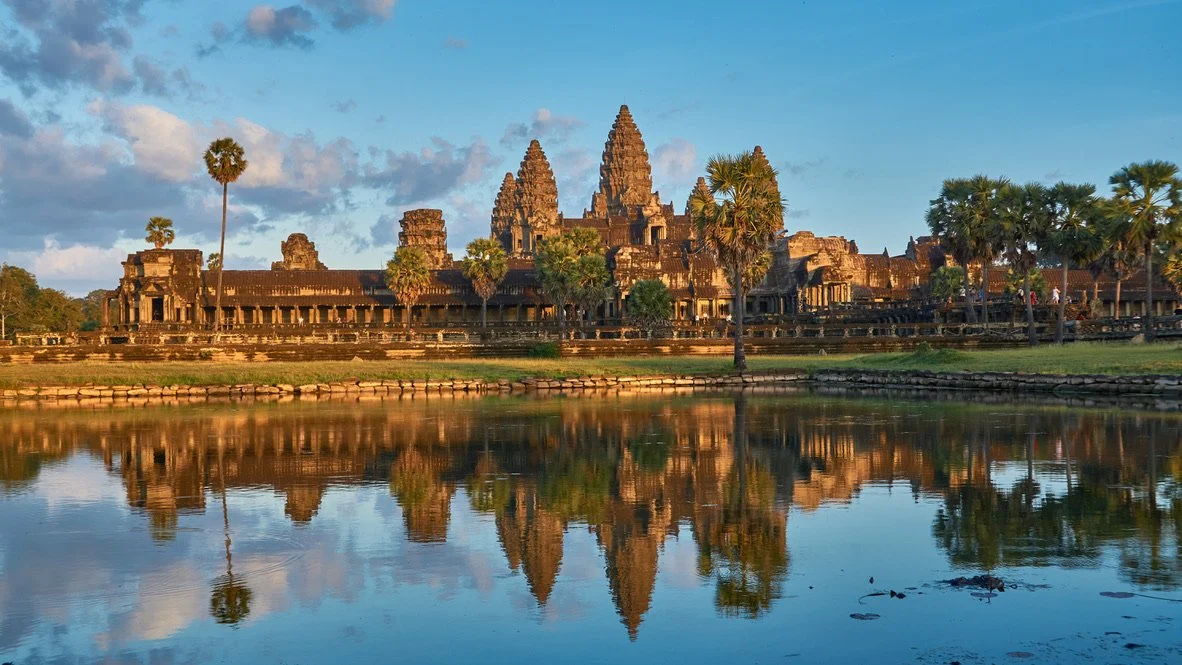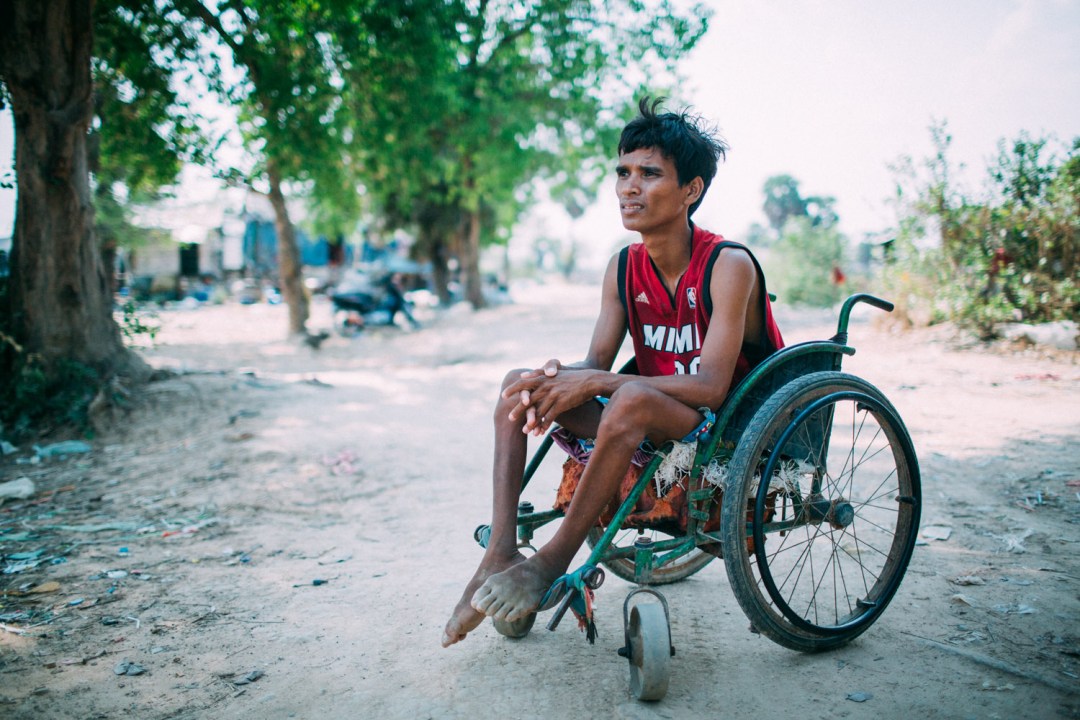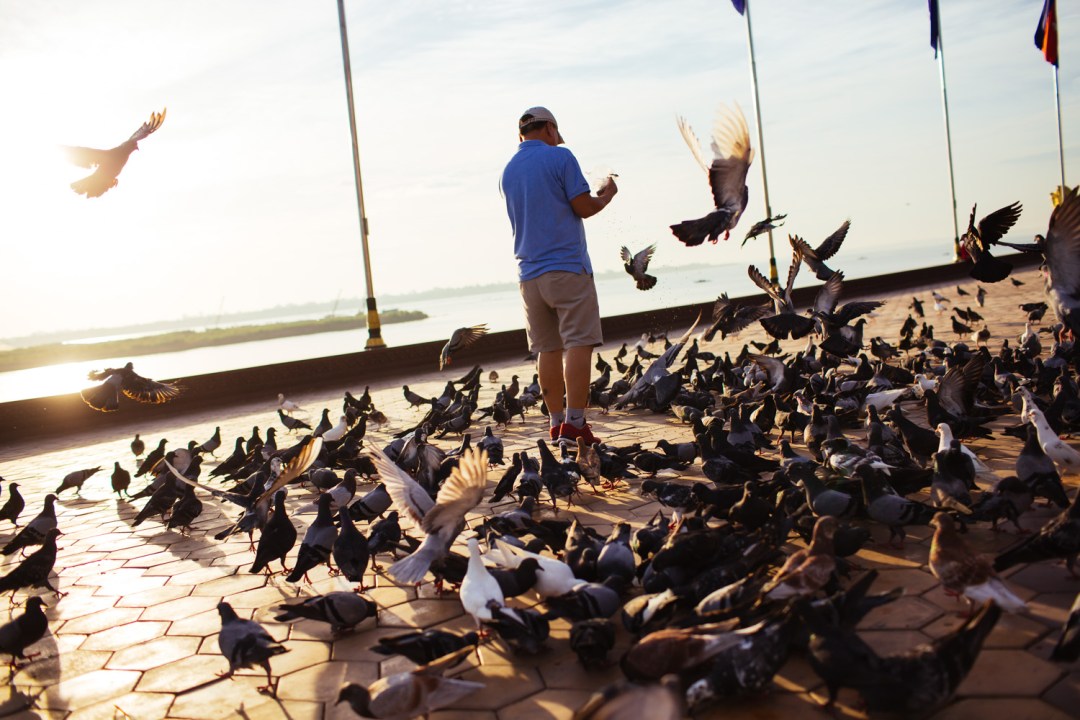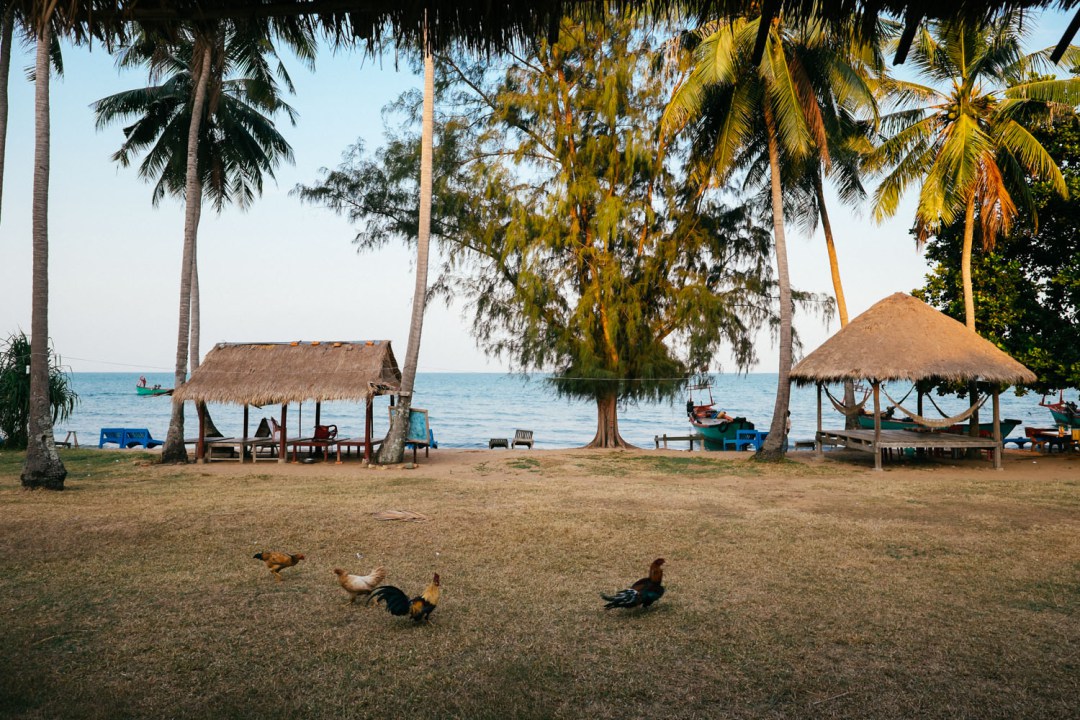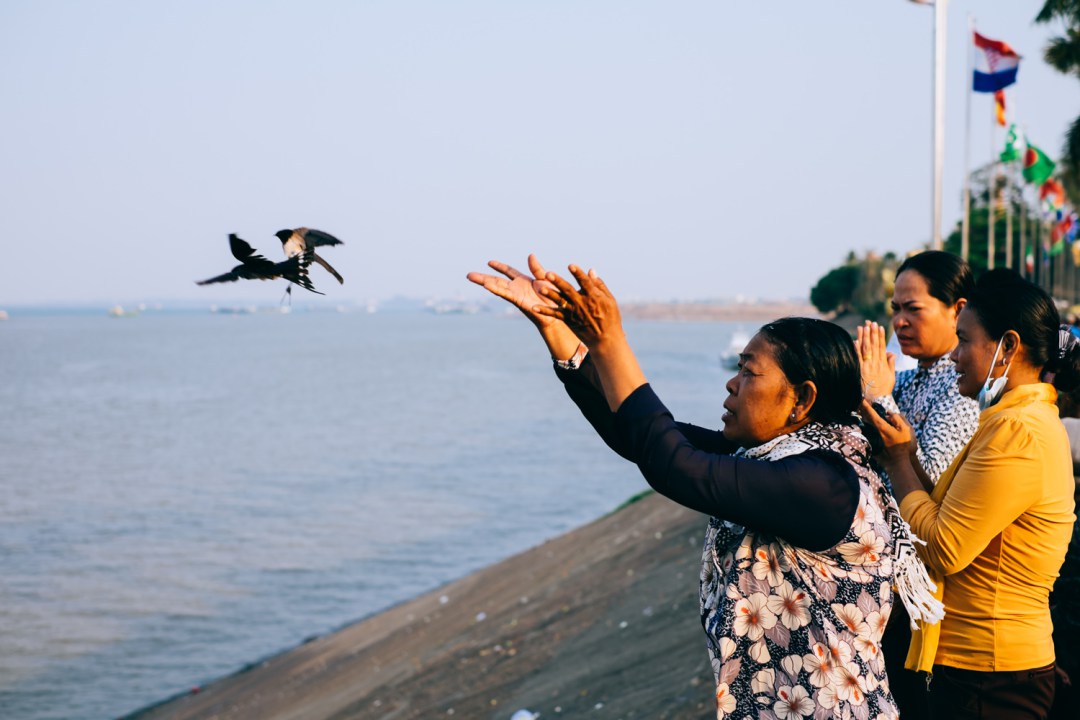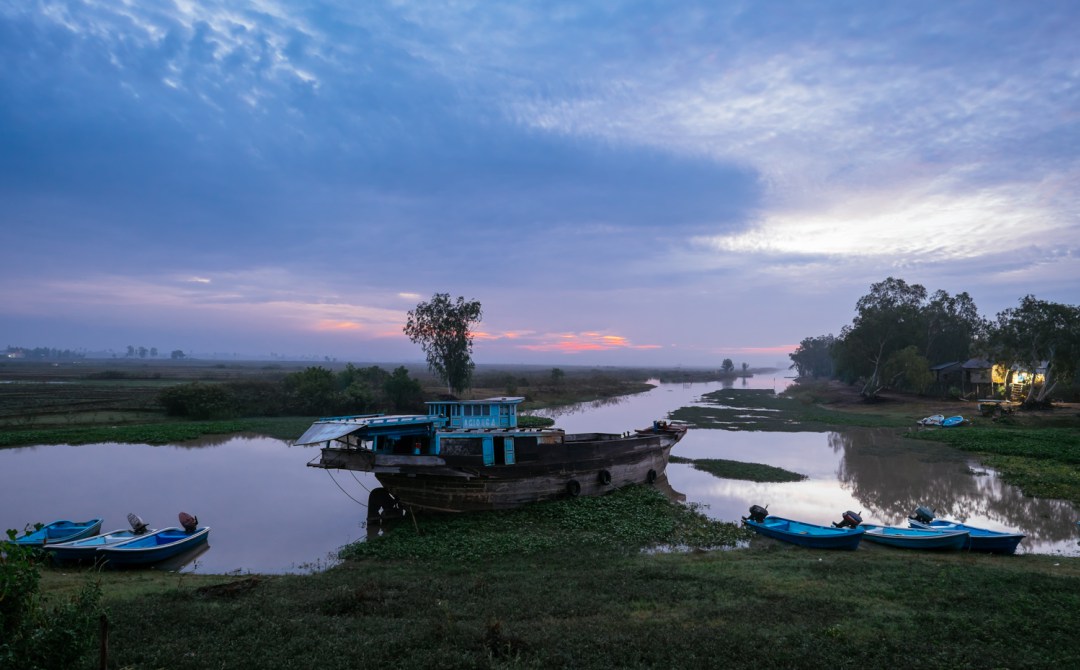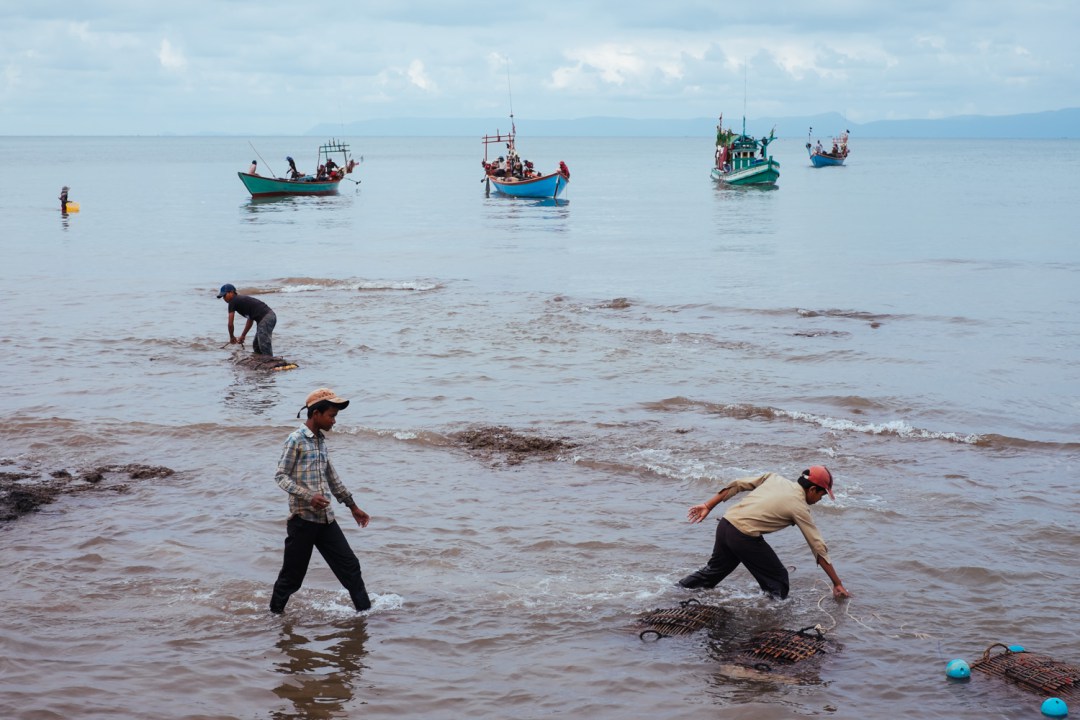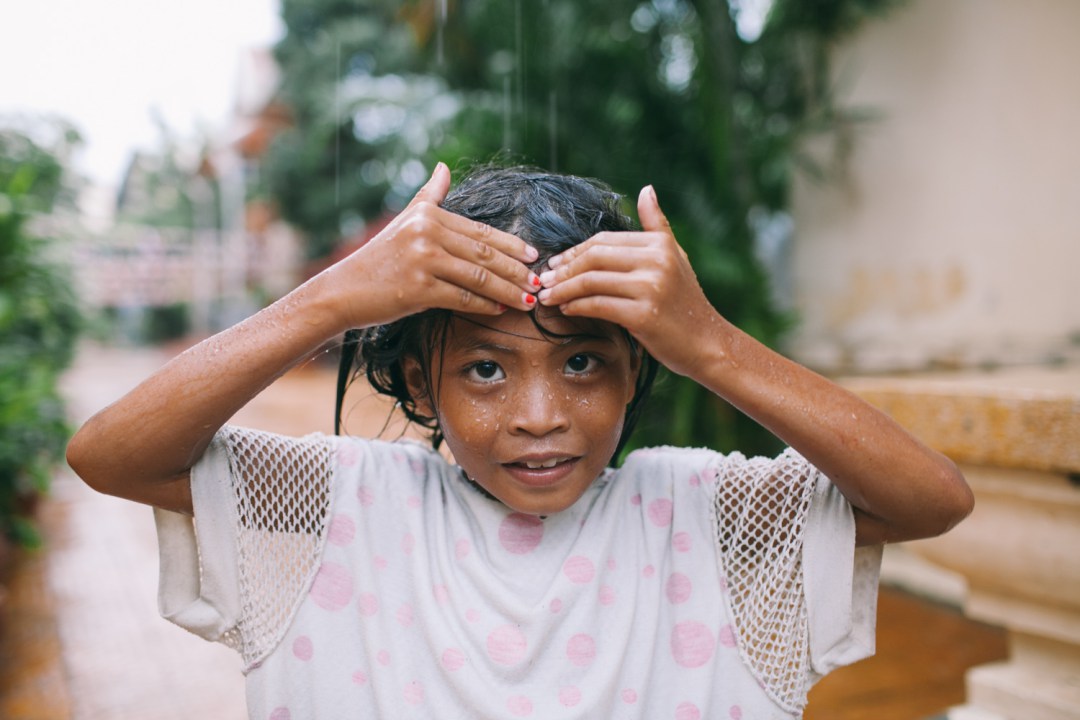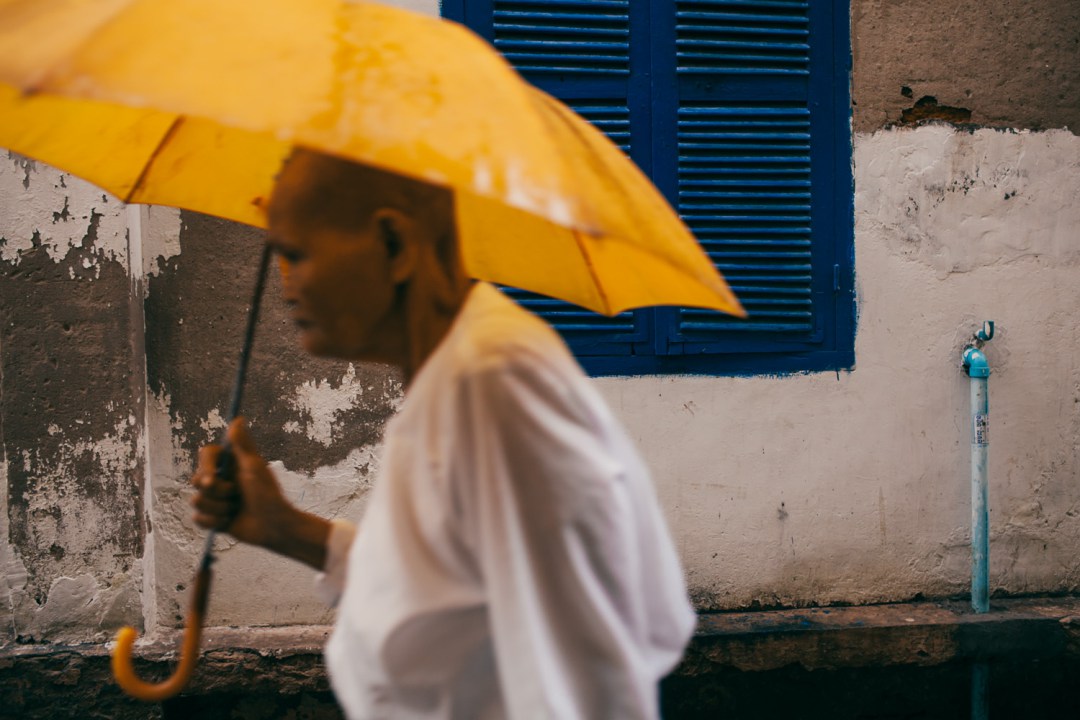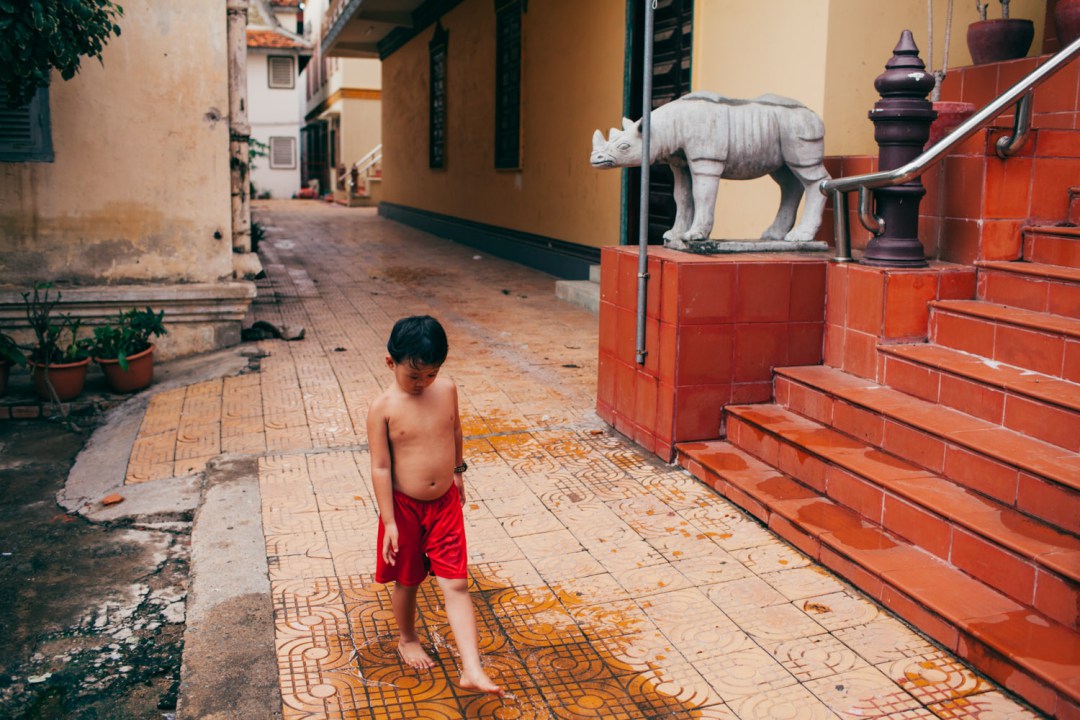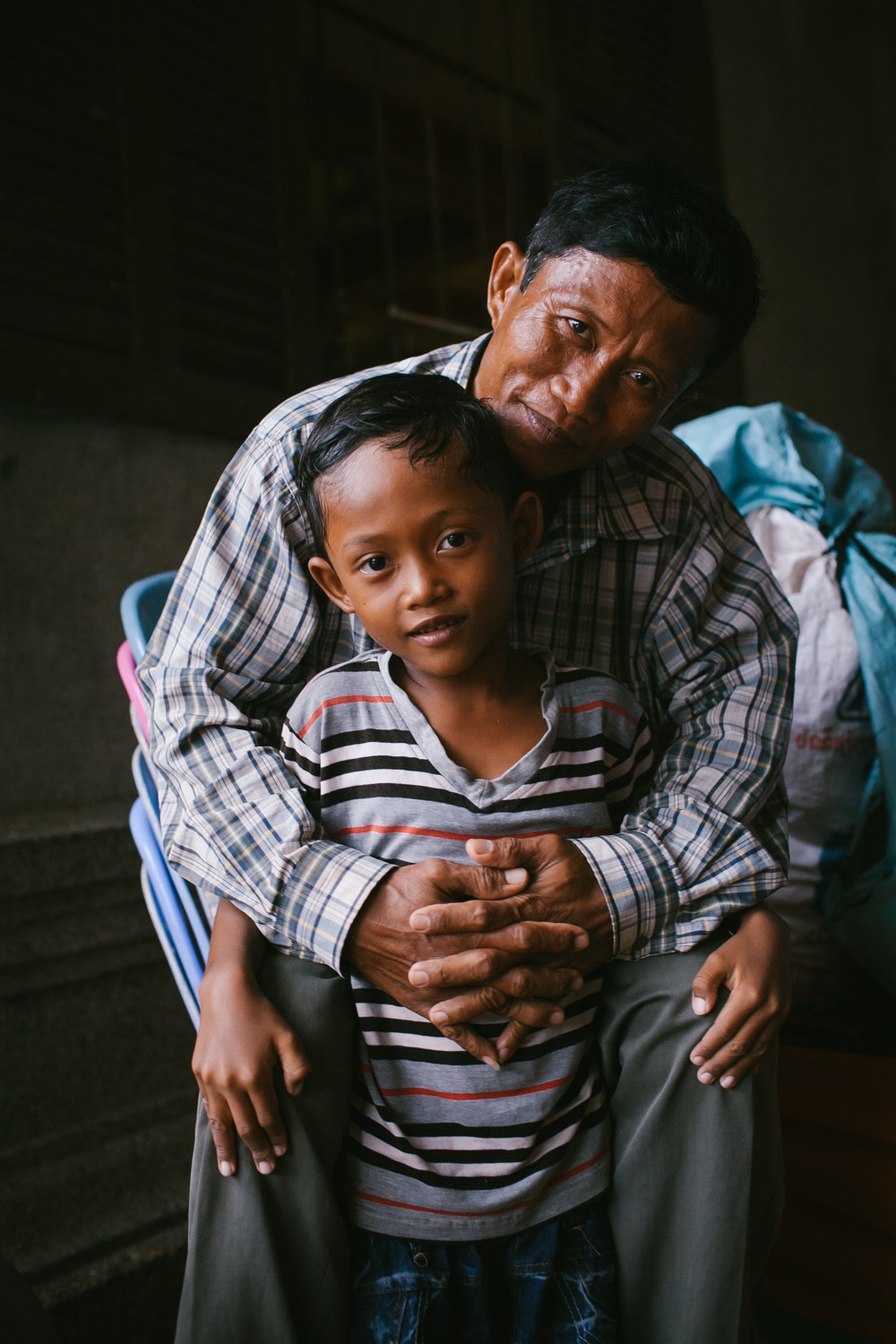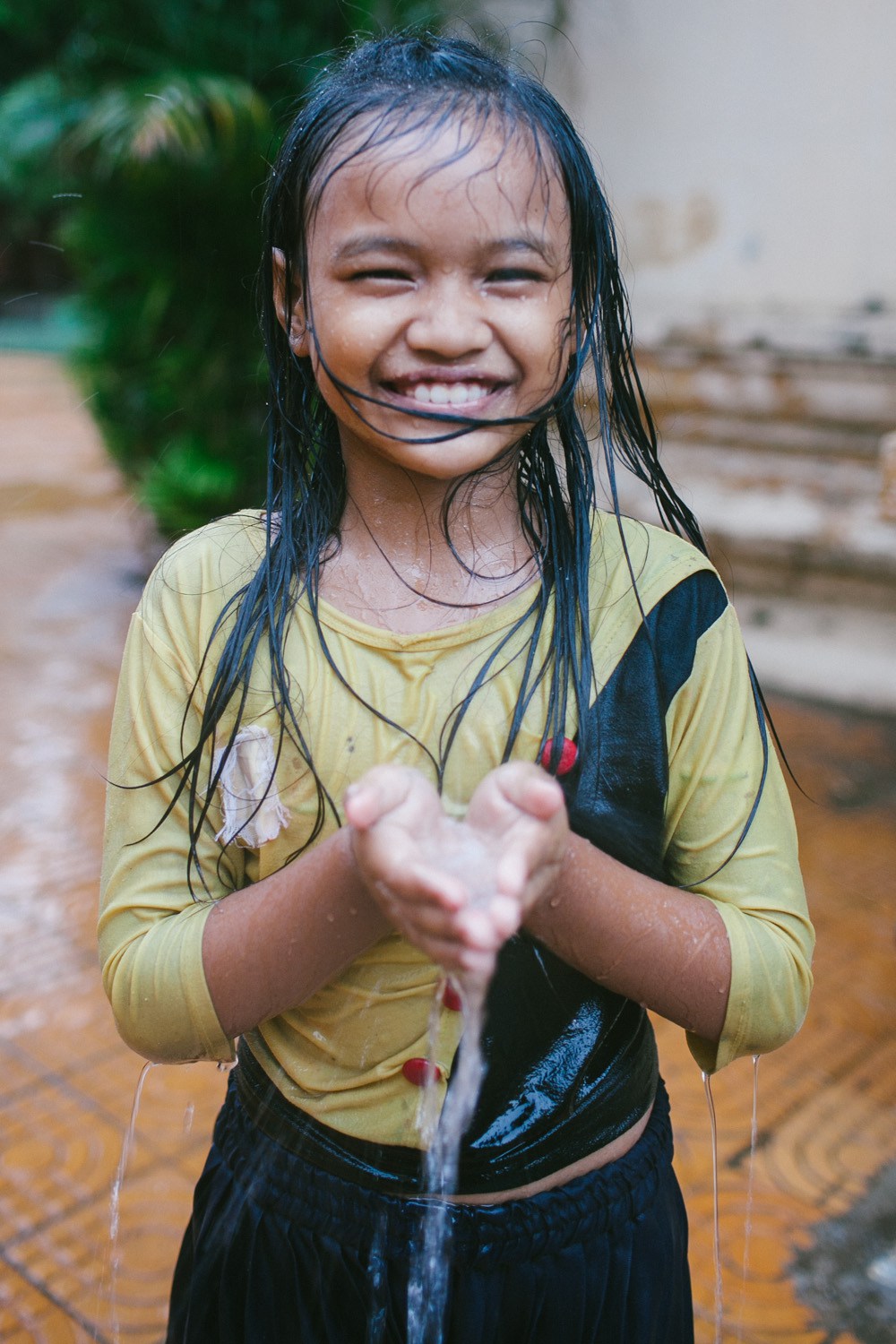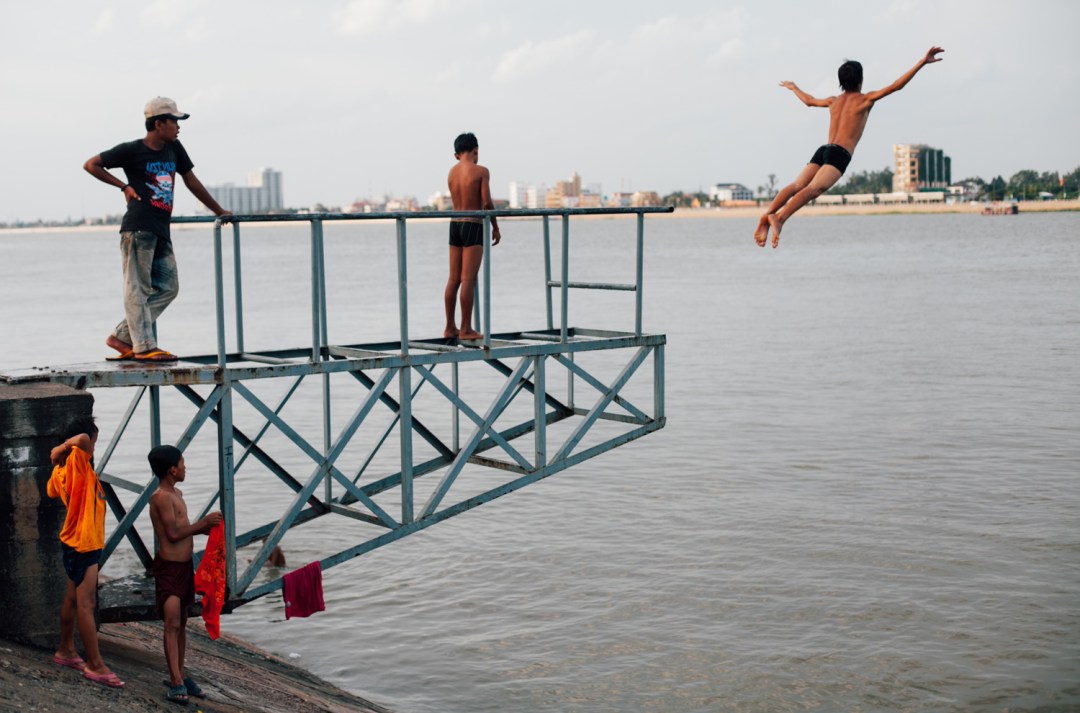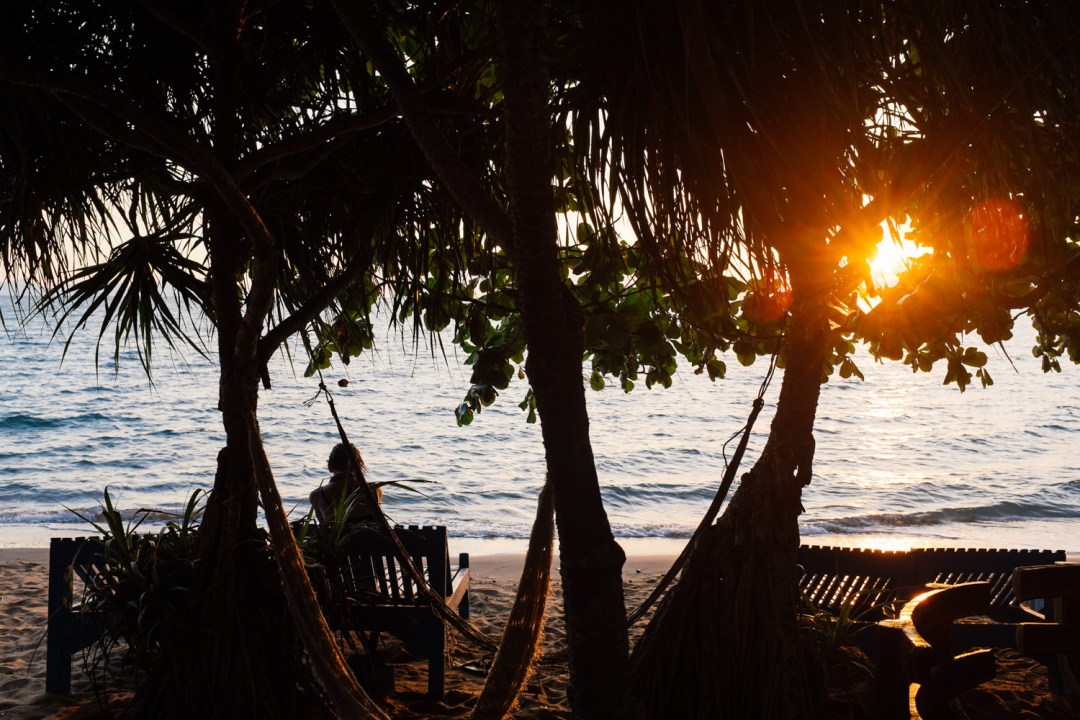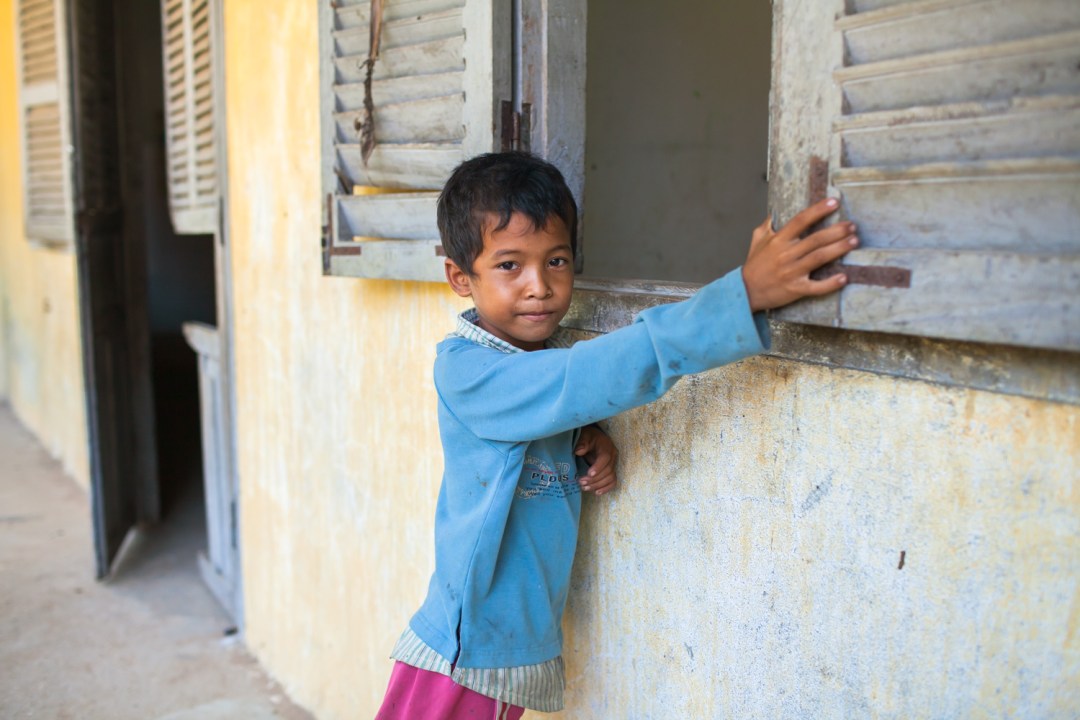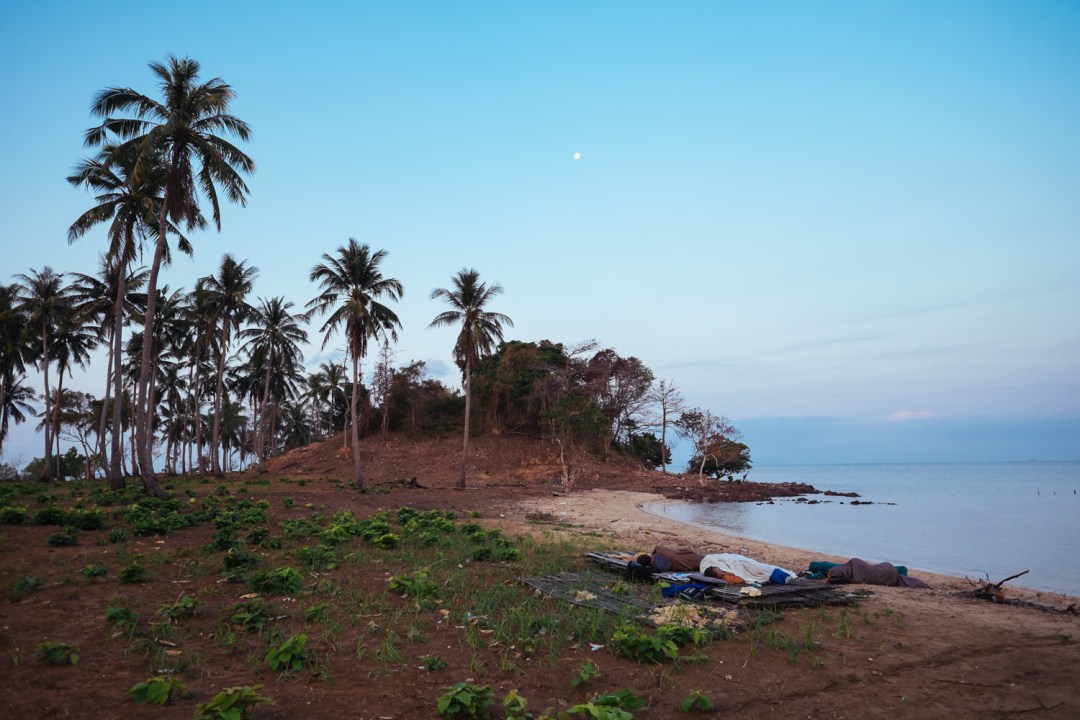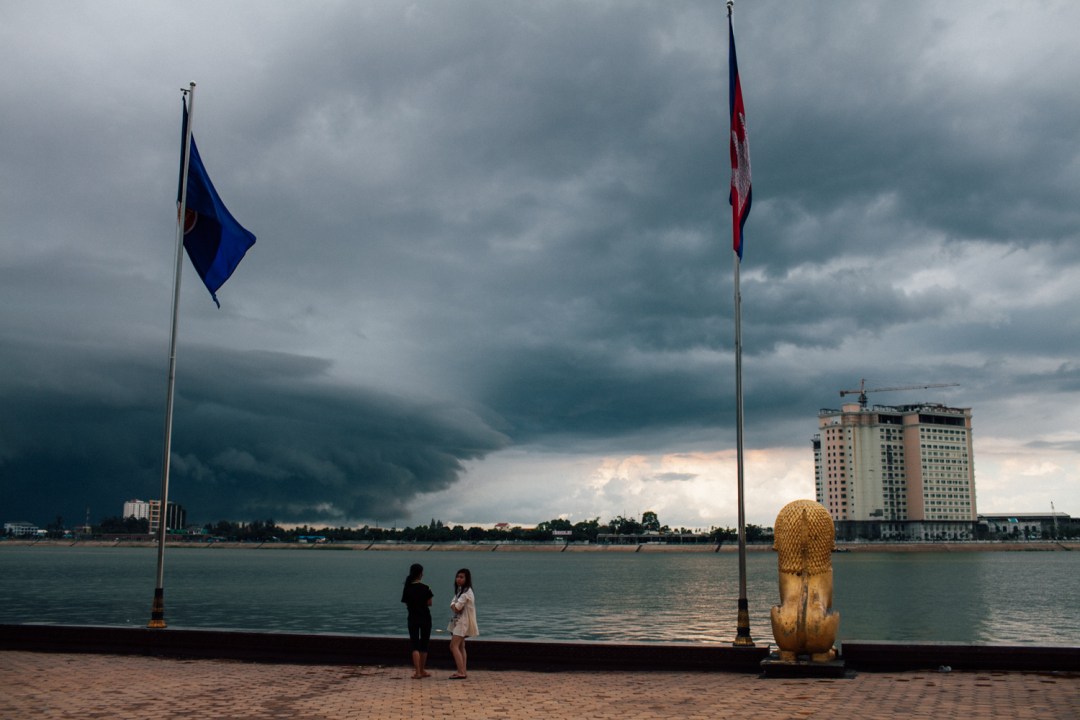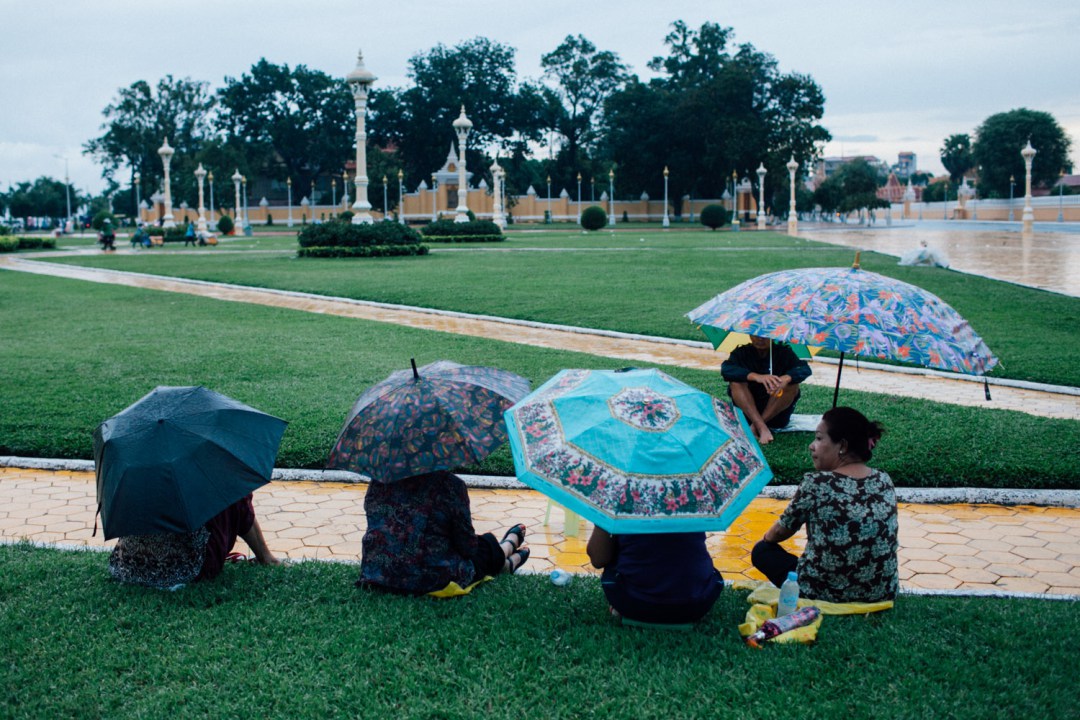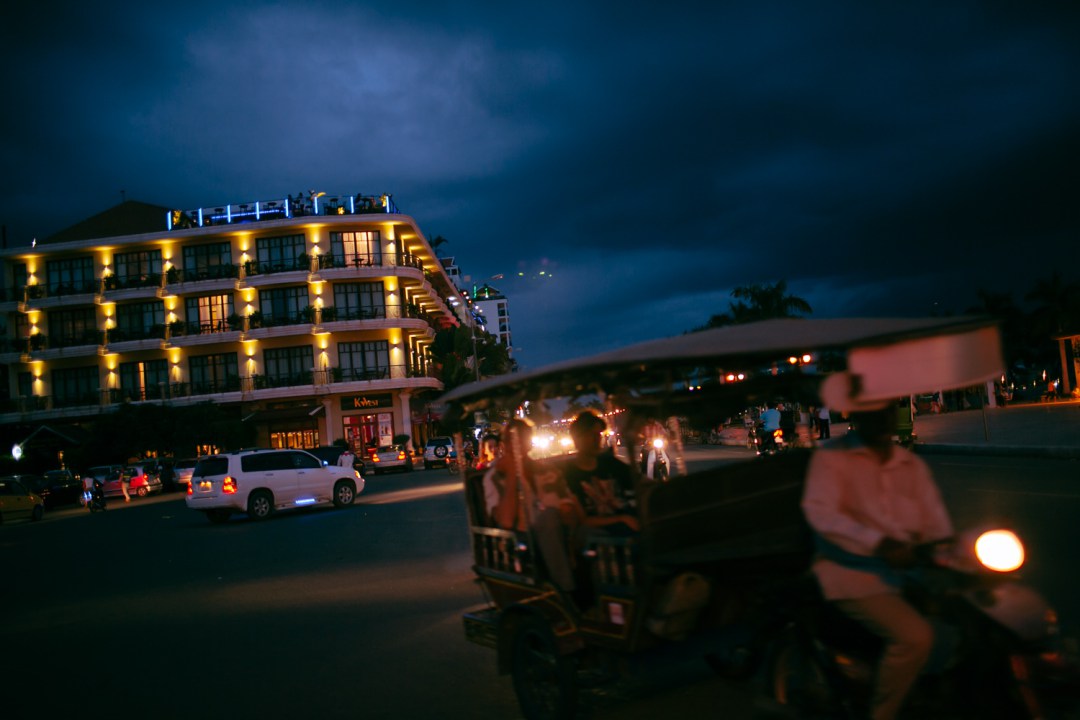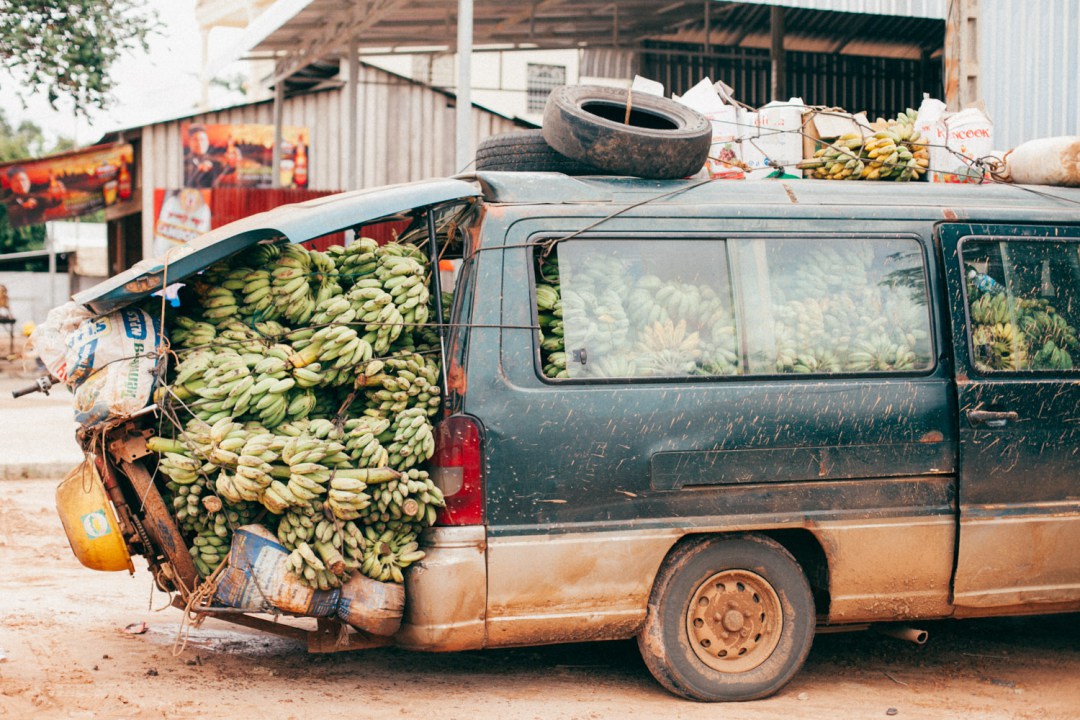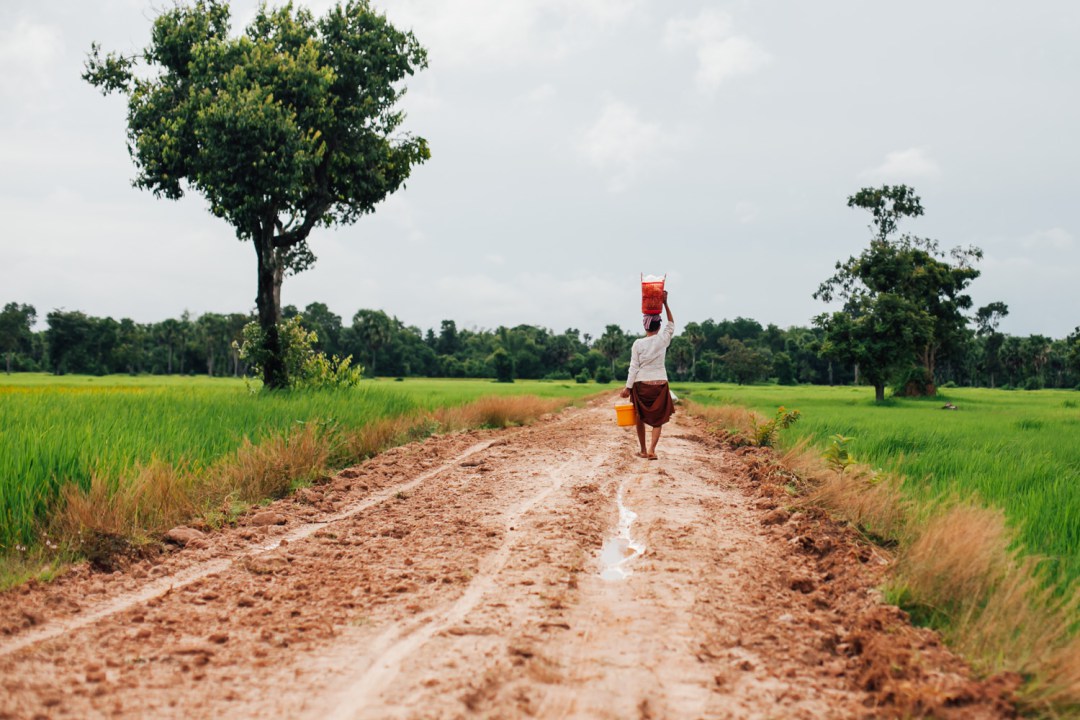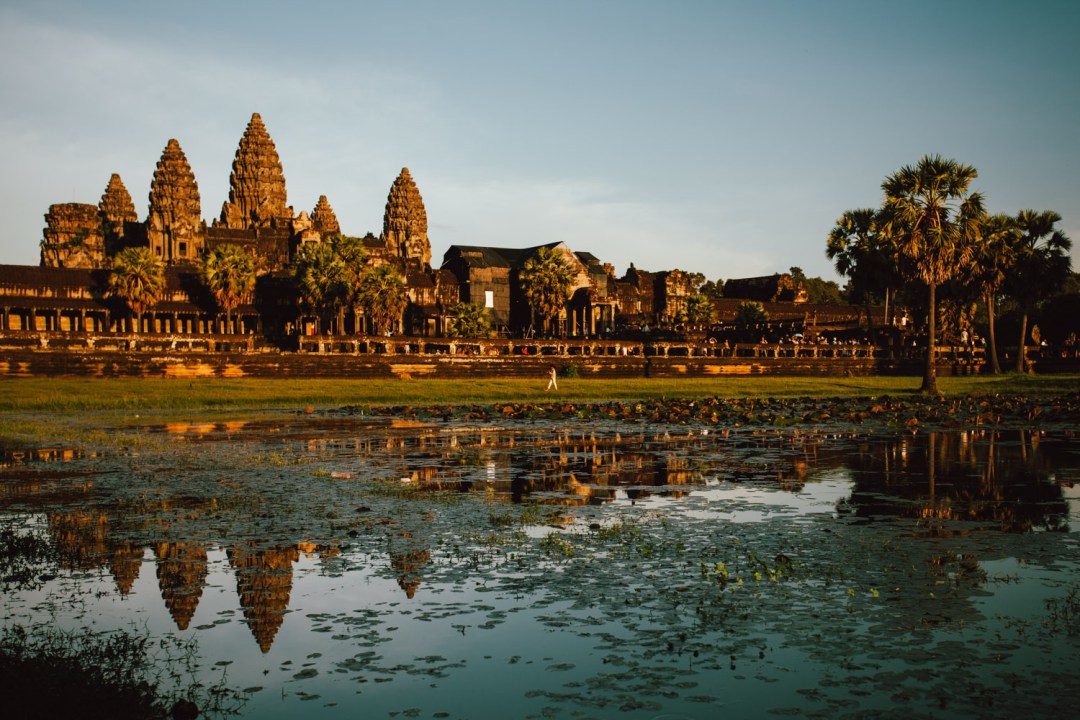Women in Cambodia fight discrimination to become Tuk-Tuk drivers as global corporations, such as Uber and Lyft, implement initiatives to promote the safety of female and non-binary drivers and passengers.
Read MoreDiscover Cambodia’s Beauty Despite Dark Political Past
Though still recovering from Pol Pot’s regime, Cambodia contains numerous sites and monuments worth traveling for.
Angkor Wat Reflection. Radek Kucharski. CC BY2.0.
Cambodia is known for its massive and brilliantly crafted religious temples, vast untouched forests and vibrant city life. What some may not know is Cambodians have and are still recovering socially, economically and politically from one of recent history's most horrific events: the reign of the Khmer Rouge.
Under the rule of dictator Pol Pot, the Khmer Rouge was a Marxist regime created in 1975. Whether from execution, starvation, exhaustion and disease, more than 2 million civilians died during the genocide. Despite the defeat of the Khmer Rouge on January 7, 1979 by the Vietnamese military, Cambodians struggled to regain their political and economic prosperity. General poverty rates have lingered around 35% which is a great improvement from the 50% at the initial end of the events. Those who experienced the genocide are now be in their 50s, and thus Cambodians are still living with the traumatic experiences they went through.
With that said, the Southeast Asian country has shown great perseverance and progress towards a bright future. Now, Cambodian citizens celebrate their traditional cultures and welcome outsiders to experience the atmosphere and history of their country. Here are a few of the most popular spots.
1. Angkor Wat
Said to be the largest religious monument in the world, Angkor Wat is a vast Buddhist temple that touches over 400 acres of land and comprises over 1,000 buildings. Cambodia is home to this cultural wonder of the world and is a destination that provides both visual beauty and an introduction to Cambodia’s rich history and culture.
Angkor Wat has five lotus-like towers rising 65 meters up, being the first part of the temple visitors tend to notice. The awe-inspiring scenery continues with carvings throughout the inside of the temple. Celestial dancers, known as apsaras in Khmer (Cambodia’s national language), helped reintroduce Apsara dance in Cambodia. Carvings of war, spiritual journeys and everyday life explain Cambodia’s hardships and relationship with culture and religion. Ta Prohm, also known as the Tomb Raider Temple due to its appearance in the 2001 film, and Angkor Thom are other beautifully architected sights nearAngkor Wat.
2. Banteay Srei
Banteay in Angkor. Juan Antonio Segal. CC BY 2.0.
Known as the Temple of the Women, Banteay Srei is sacred in Angkor. Though it is much smaller in size than Angkor Wat, it contains some of Cambodia's most delicate carvings. Images of women holding lotus flowers and memorable stories of the Hindu religion are depicted here. Banteay Srei is still a place for women to visit and observe to feel inspired and appreciated, as well as a place where anyone can experience its beauty and history.
3. Bayon
Bayon Temple Ruins in Cambodia. Uwe Schwarzbach. CC BY-NC-SA 2.0.
This Buddhist Temple is home to 216 smiling, peaceful faces carved into towers. Numerous other carvings can be seen representing the experiences of the Khmer people. Bayon temple allows visitors to understand the goals and journey of the Khmer Empire and is a great temple to visit if you are interested in Buddhism and appreciating Cambodia’s past.
4. Phnom Penh
Bustling Phnom Penh. Baron Reznik. CC BY-NC-SA 2.0.
Phnom Penh is the capital of Cambodia andhome to vibrantly colored buildings, tight streets with motorbikes, friendly locals and more architectural beauty. A main mark of the Cambodian experience, Phnom Penh is affordable and easy-going—a great way to submerge yourself in the country's culture. here are some upscale restaurants and locations, but overall, Phnom Penh remains its gritty, lively and romantically chaotic self.
5. Krong Siem Reap
Angkor Wat in Krong Siem Reap. Kim Seng. CC BY-NC-ND 2.0.
Krong Siem Reap is another other major city destination in Cambodia. Krong Siem Reap is a staple of Cambodia’s religious history, being home to Angkor Wat, the ruins of Banteay Srei and Ta Prohm. Locals treat travelers as if they have been life-long friends, and travelers will get the chance to explore much of Cambodia’s Buddhist history as long as remaining respectful.
Krong Siem Reap is also known for its exquisite food scene. Cafes offer coffee, teas and delicious local food dishes with some even offering vegetarian and vegan-friendly options. Restaurants to grab an authentic and budgeted meal are around every corner.
6. Kirirom National Park
Kirirom National Park Rest Area. Arie. CC BY2.0.
Located mostly in Phnom Sruoch District, Kirirom National Park is covered with deep forestry and high elevation. Kirirom, meaning “Mountain of Joy,” is loved for its high elevation pine forests and many glistening waterfalls. Along with vast, isolated hiking trails, the endangered sun bears, pileated gibbons and tigers can be found living in the forests.
7. Koh Tonsay
Located on the country's south coast in the Gulf of Thailand, Koh Tonsay can be translated as “Rabbit Island” and received its name because it houses the furry little creatures. It is a relatively quiet coast with a more rustic beach style. While tourists tend to visit other parts of the Cambodian coast more influenced by Chinese businesses, Koh Tonsay remains a sliver of true Cambodian land. It is not as flashy as some other beaches on the coast of Cambodia, but Koh Tonsay offers a unique and isolated beach experience.
8. Bousra Waterfall
Bousra Waterfall. Lucien Tan. CC BY-ND 2.0.
Located just outside of Sen Monorom, the Bousra (also spelled Bou Sra and Busra) waterfall is a three-level natural wonder offering viewing platforms at different heights and access to its base, where visitors can get misted and explore the powerful waters.
Haleigh Kierman
Haleigh is a student at The University of Massachusetts, Amherst. A double Journalism and Communications major with a minor in Anthropology, she is initially from Guam, but lived in a small, rural town outside of Boston most of her life. Travel and social action journalism are her two passions and she is appreciative to live in a time where writers voices are more important than ever.
Two Years in Cambodia
It all started on a tuk tuk ride…
I had just landed in Phnom Penh, Cambodia, after covering the aftermath of Typhoon Haiyan (Yolanda) in Tacloban, Philippines.
Although I had never been there before, Cambodia was already the place I had decided to call home for the next year, or more. It was May 2014. The sky was still painted in black when I got off the plane and was engulfed by the warm and humid weather that, as I would learn over the following months, so much characterizes the country, especially at that time of the year.
As I exited the airport, all I could see was a chaotic frenzy of hands waiving and pointing to their tuktuks. They were all wearing similar clothes – sandals, a pair of pants and a shirt – and they all had big, unequivocally authentic smiles on their faces.
I don’t know if by instinct or pure luck, I ended up going with a driver who would later become a great friend of mine. Bunchai. His tuktuk was painted in red and it was so carefully and effusively decorated that it reminded me of the carnival parades we have in my home country Brazil.
As we cruised the quiet streets towards Tuol Tom Poung, a central neighborhood where a fellow photographer would host me until I found my own place, I just couldn’t believe in what I was experiencing. What was once just a dream was now a reality. I was indeed beginning a new life in Southeast Asia.
The Sun was just rising above the Tonle Sap and people were already doing choreographic exercises along the river promenade. Buddhist monks were walking around with their orange and red robes – some of them holding iPads -, and entire families were impressively balancing on the top of tiny and seemingly fragile motorbikes.
I fell in love immediately. I felt at home.
During the two years I was fortunate to spend in the country I obviously saw extreme poverty and shocking social-economic inequality. I witnessed – and documented – several and horrifying human rights violations. I learned about the atrocities and crimes against humanity committed by the Khmer Rouge, which took the lives of over 2 million people.
But I also saw remarkable resilience and an inspiring ability to find joy even in the most challenging circumstances. I saw generosity and kindness. Faith and Gratitude. Compassion and Happiness. I saw a younger generation trying to leave the past behind and embrace the future.
I explored remote and impressive temples from the 12th century; I spent relaxing days at paradisiac islands and sleepy river towns; I zigzagged through the chaotic traffic in Phnom Penh with my 1989 Vespa; and I had way too many beers with my local neighbors (most of them tuktuk drivers), who would always invite for a beer every time they saw me getting to or leaving my house. They never accepted a No for an answer.
I worked for magazines and I cooperated with many local and international NGOs. I photographed every single day during the time I was there and through this daily wanders I learned to see the extraordinary in the seemingly ordinary.
Cambodia has taught me lessons that I will forever carry on my heart and I hope I will have the chance go back in the near future. The recent news that the only opposition party has been dismantled is certainly worrying and it makes me think of all the friends I left there.
If up until recently Hun Sen – who has been in power since 1985! – at least tried to keep a democratic appearance to his government, it seems that now he is no longer concerned about exposing the true face of his (totalitarian) regime. Cambodians, who have gone through the horror of Khmer Rouge just a few decades ago, certainly deserve better and brighter days.
Bunchai, the first friend I made in the country, is still working at his day job and driving his tuktuk in the evenings and early mornings. The day we took that same way to the airport, but on the opposite direction, two years after our first encounter, was unusually cloudy and gray. I don’t remember seeing much during our ride. Perhaps I had too many thoughts and memories going through my mind…
When we finally reach the airport, after a trip that seemed to have last for an eternity, I give Bunchai a big hug and just can’t hold my tears. I ask him to take care of himself and his family, and I tell him that if he ever needs any help he must call me immediately.
He gives me that very same smile he had greeted me with two years earlier, and says, with both determination and confidence:
“No worry, my friend. I will be fine! See you soon!”
THIS ARTICLE WAS ORIGINALLY PUBLISHED ON ROAM MAGAZINE.
BERNARDO SALCE
Bernardo Salce is a a Brazilian photographer whose work seeks to celebrate cultural diversity and raise social-environmental awareness. Having previously lived in Cambodia and Colombia, he is now based in San Diego, California. You can follow his work @bernardosalce.
Cambodian Orphanage Shows Effects of Voluntourism
We all start with the best intentions, and want to make a positive difference in the world when we travel. But when orphanages become volunteer tourism destinations, they create incentives to direct children with living parents away from their homes, 3 out of 4 Cambodian "orphans" have a living parent. Studies show family-based care is a far better solution for these kids.
CONNECT WITH ORPHANAGES NOT THE SOLUTION
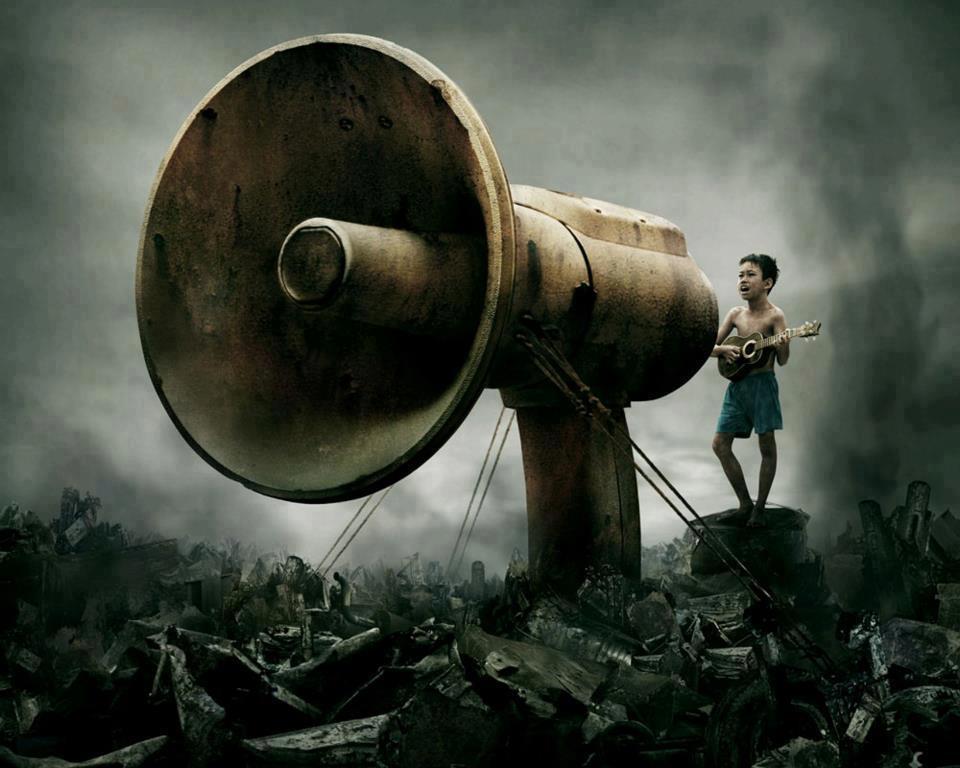
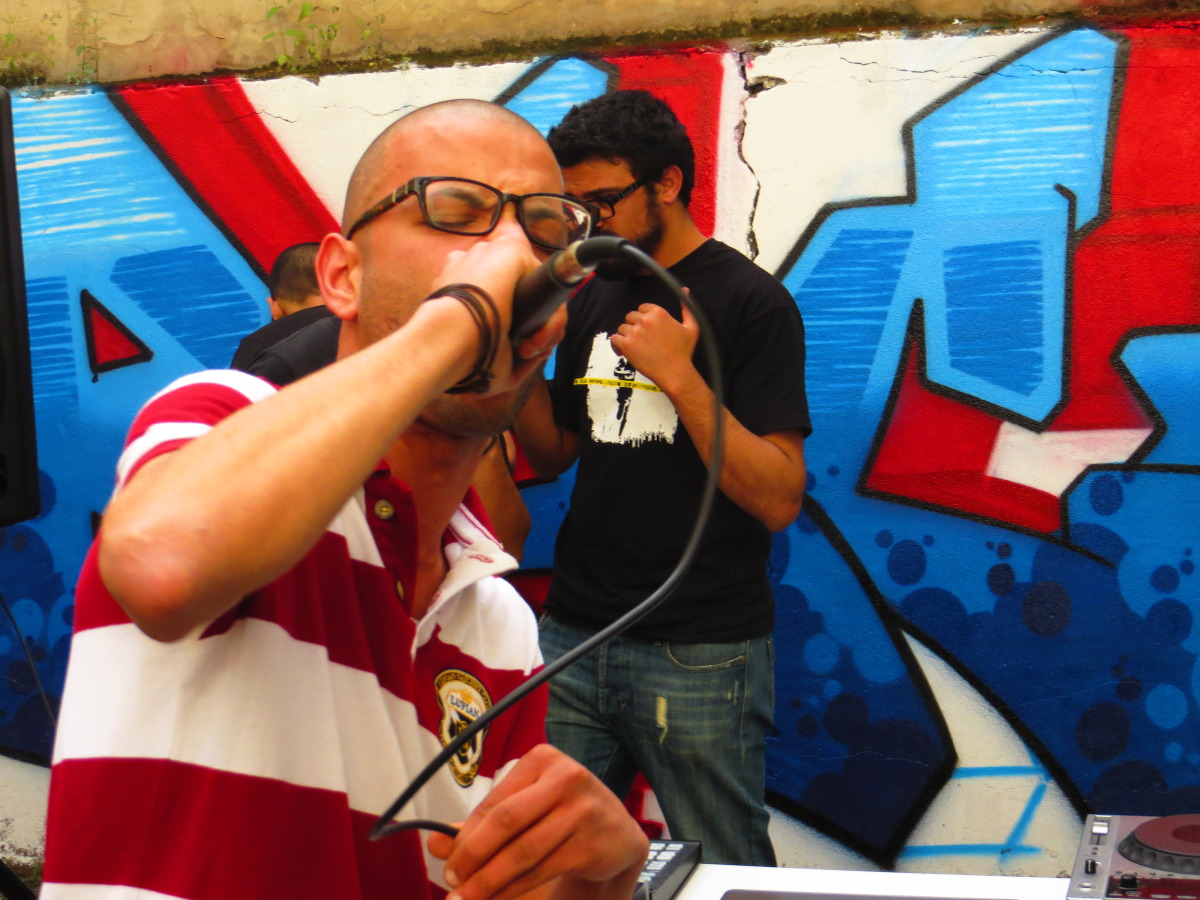

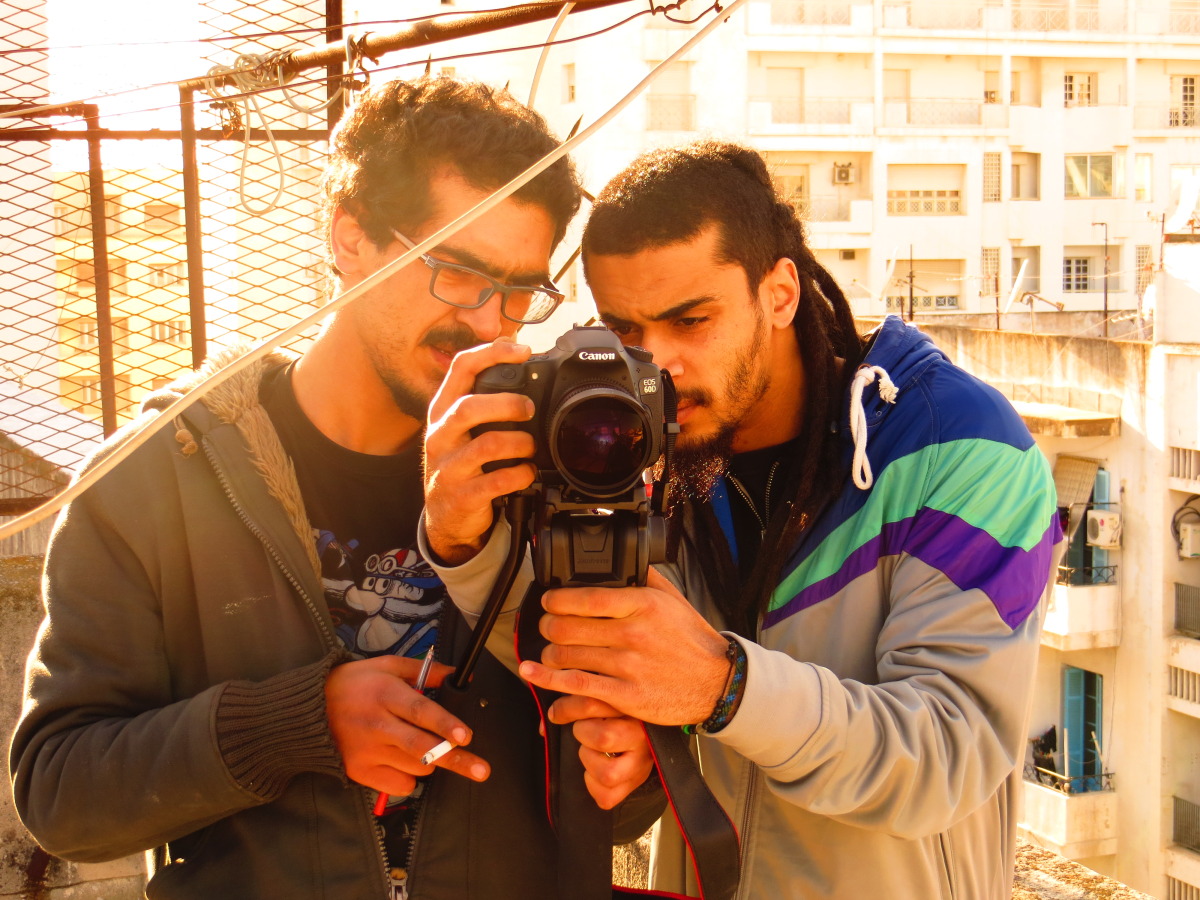
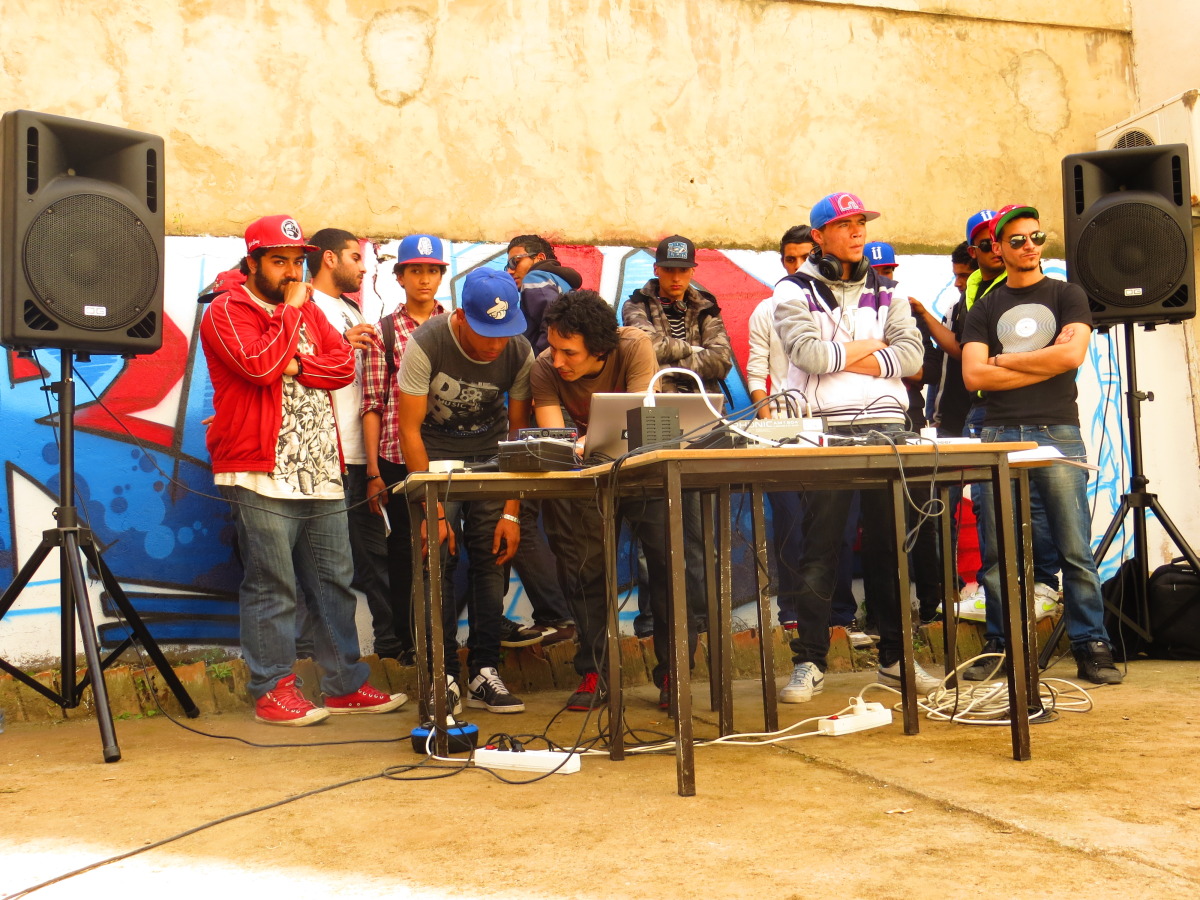
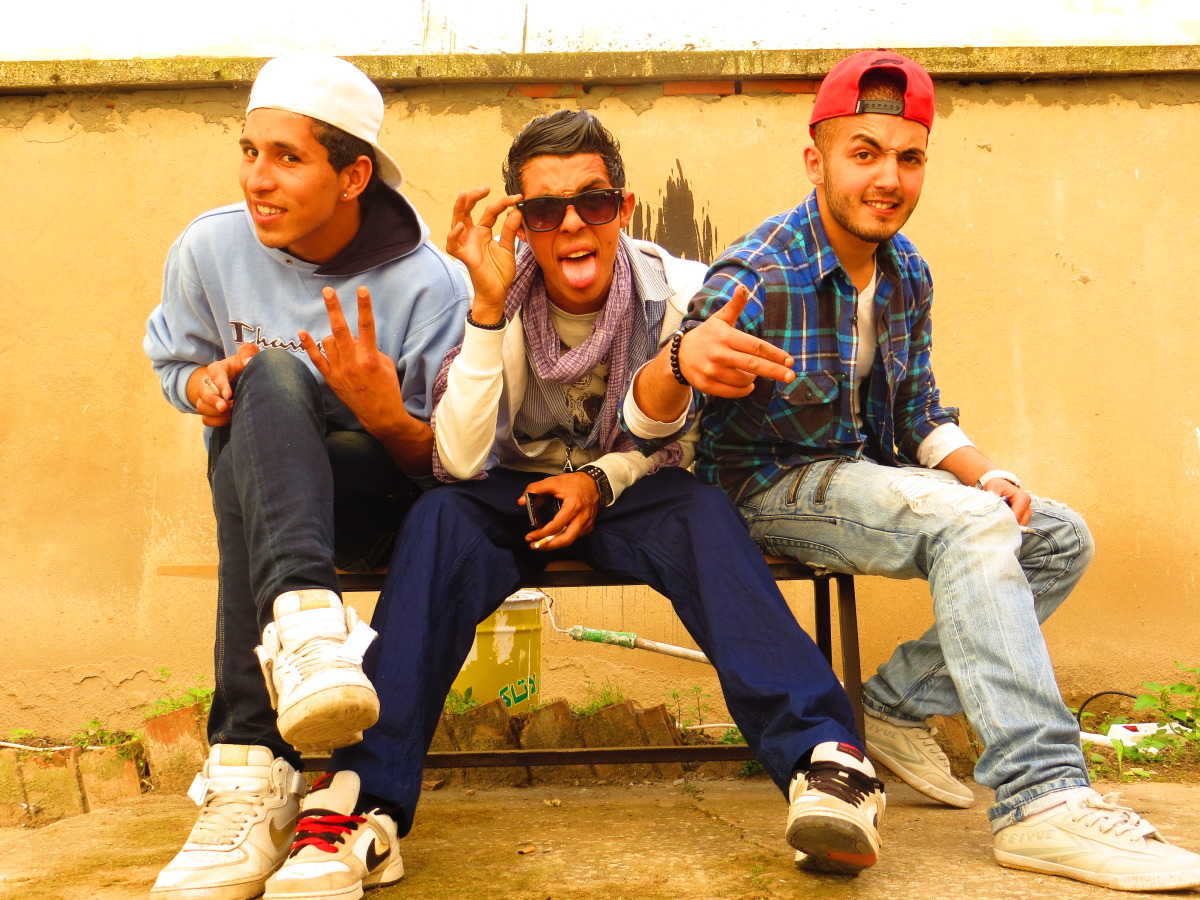
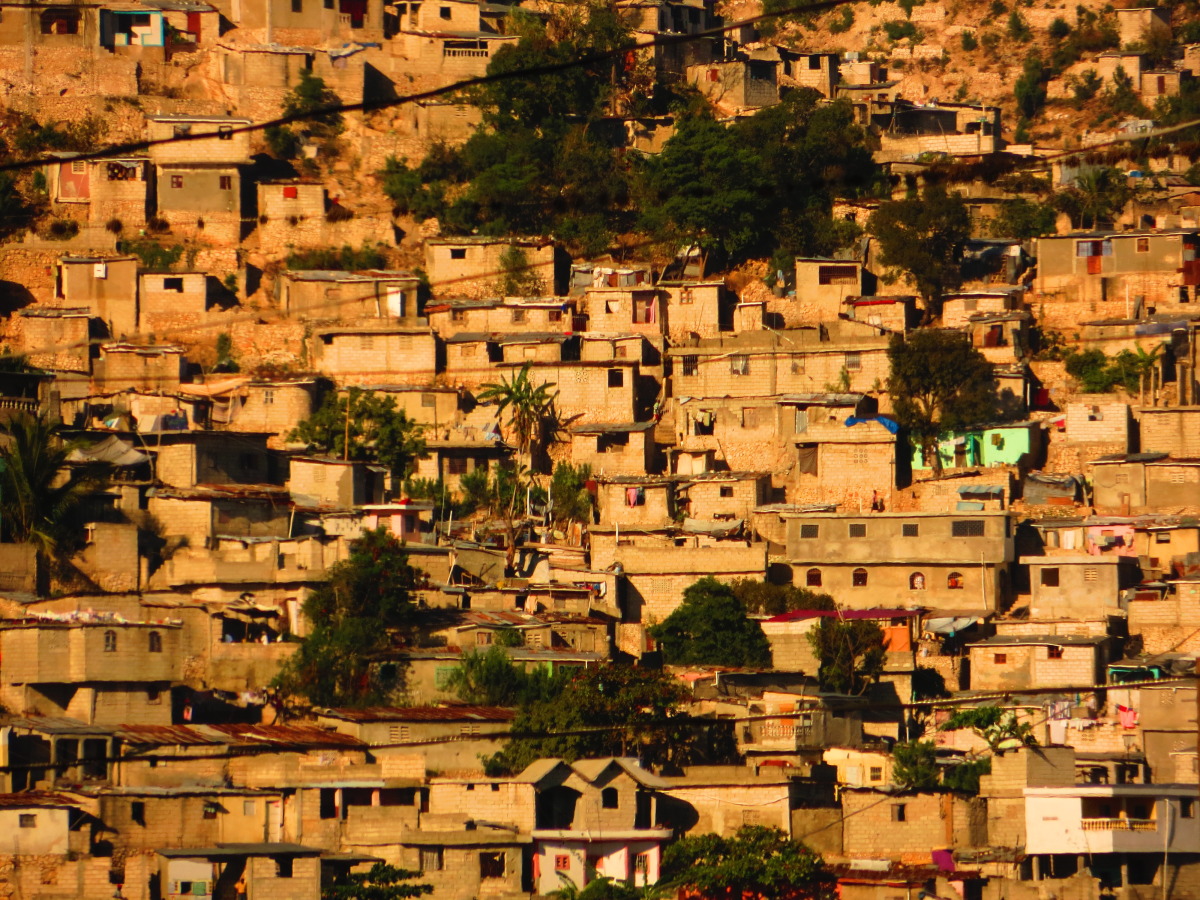
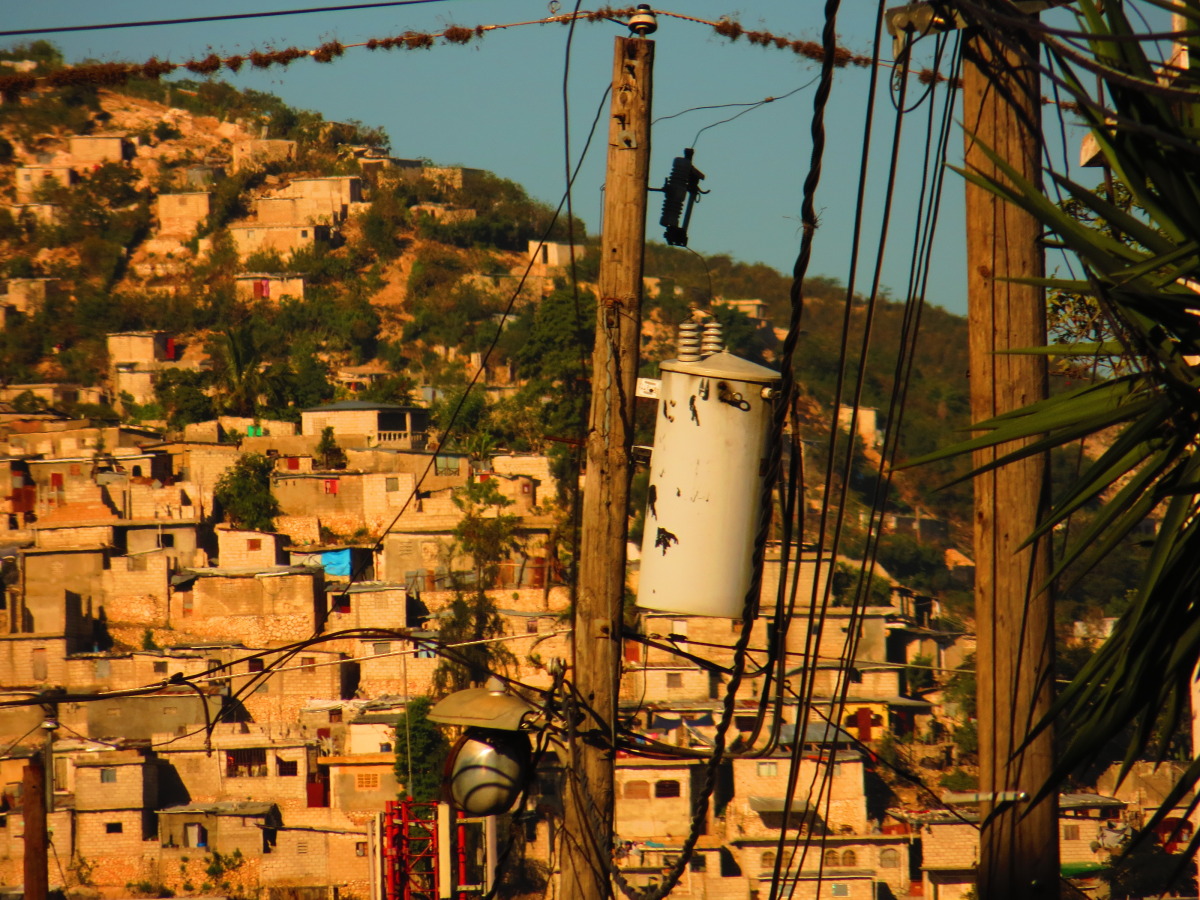
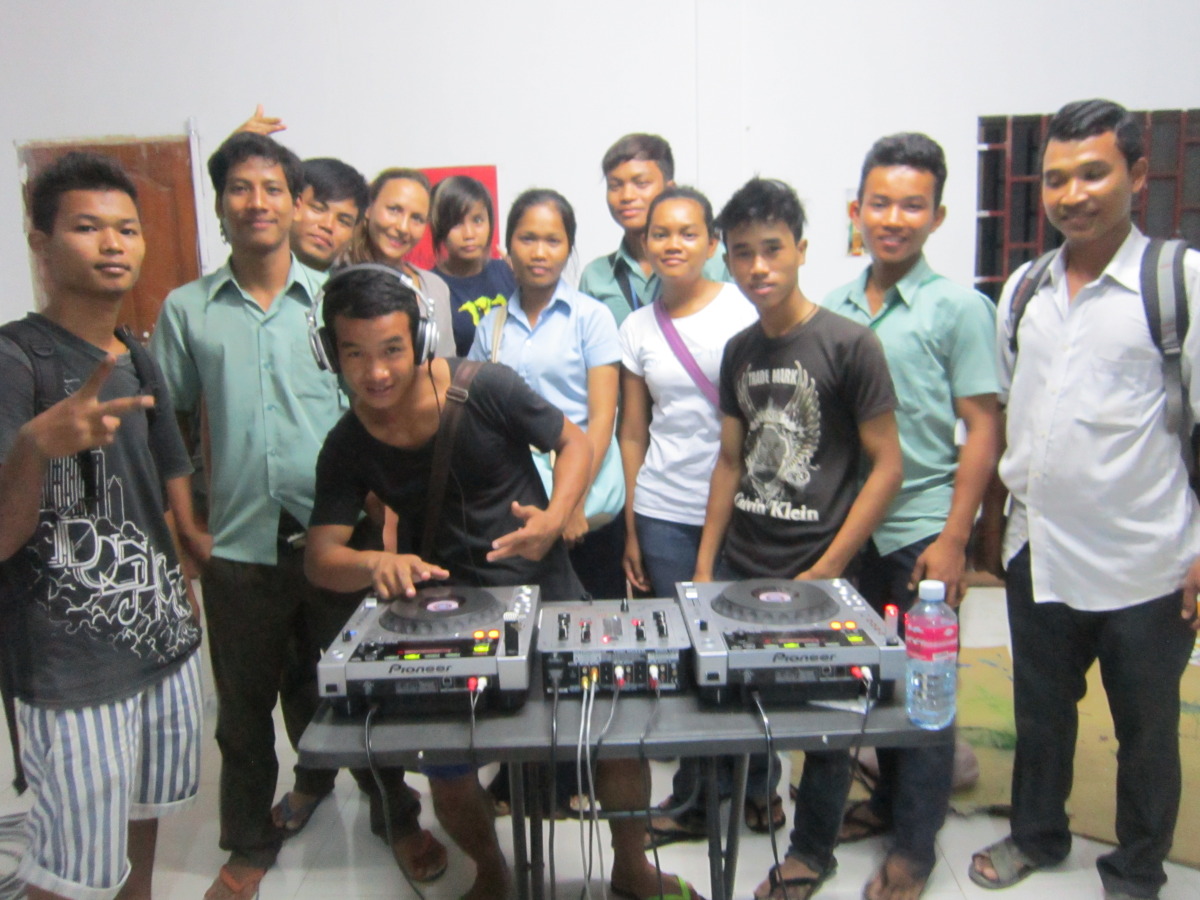
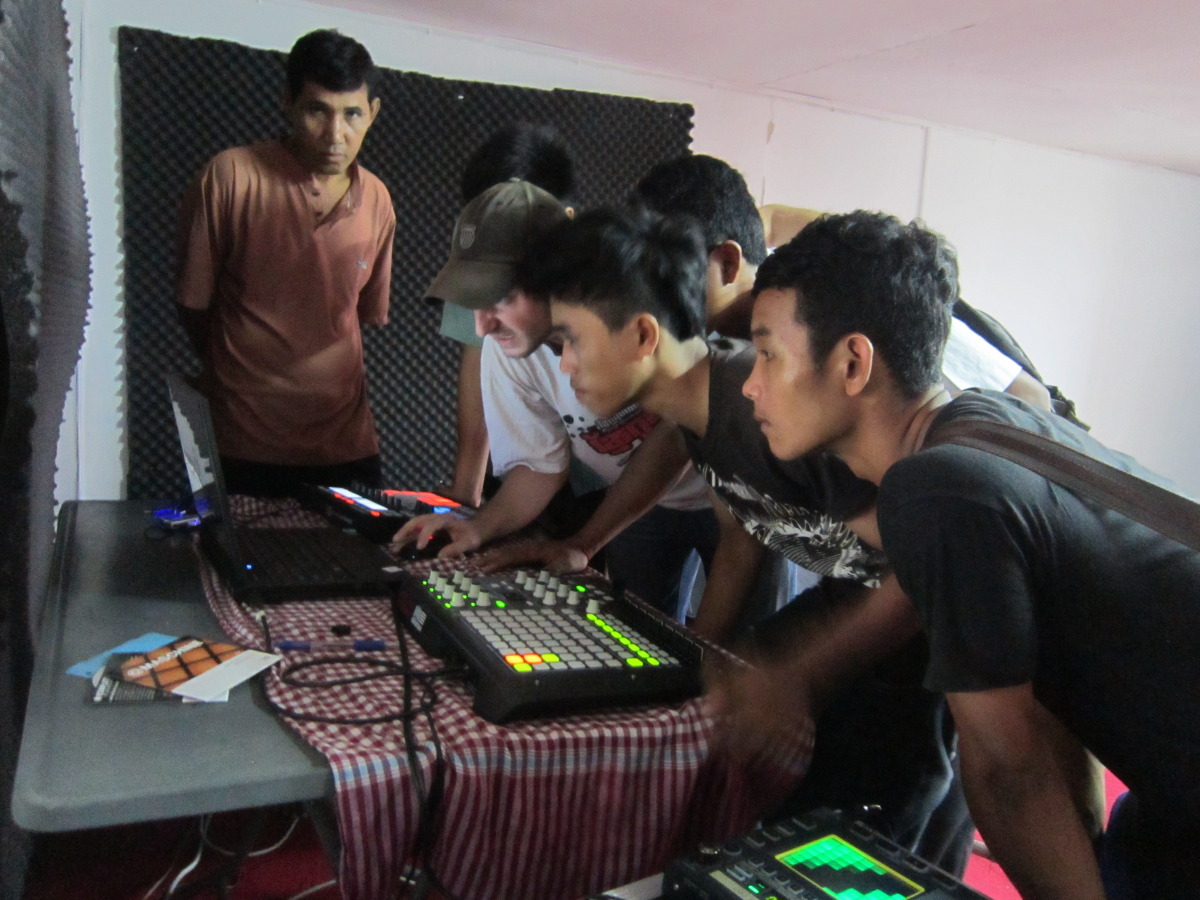
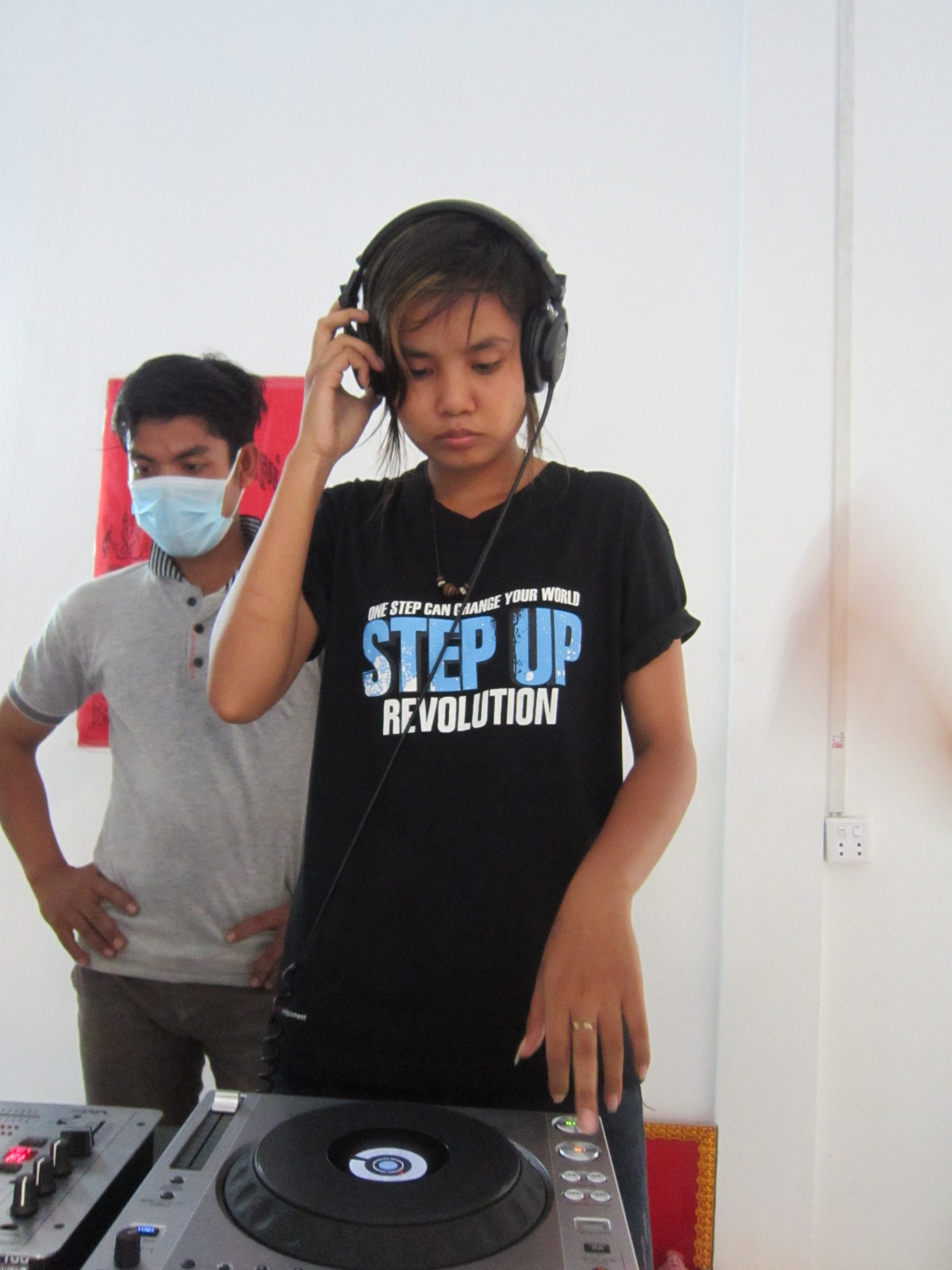
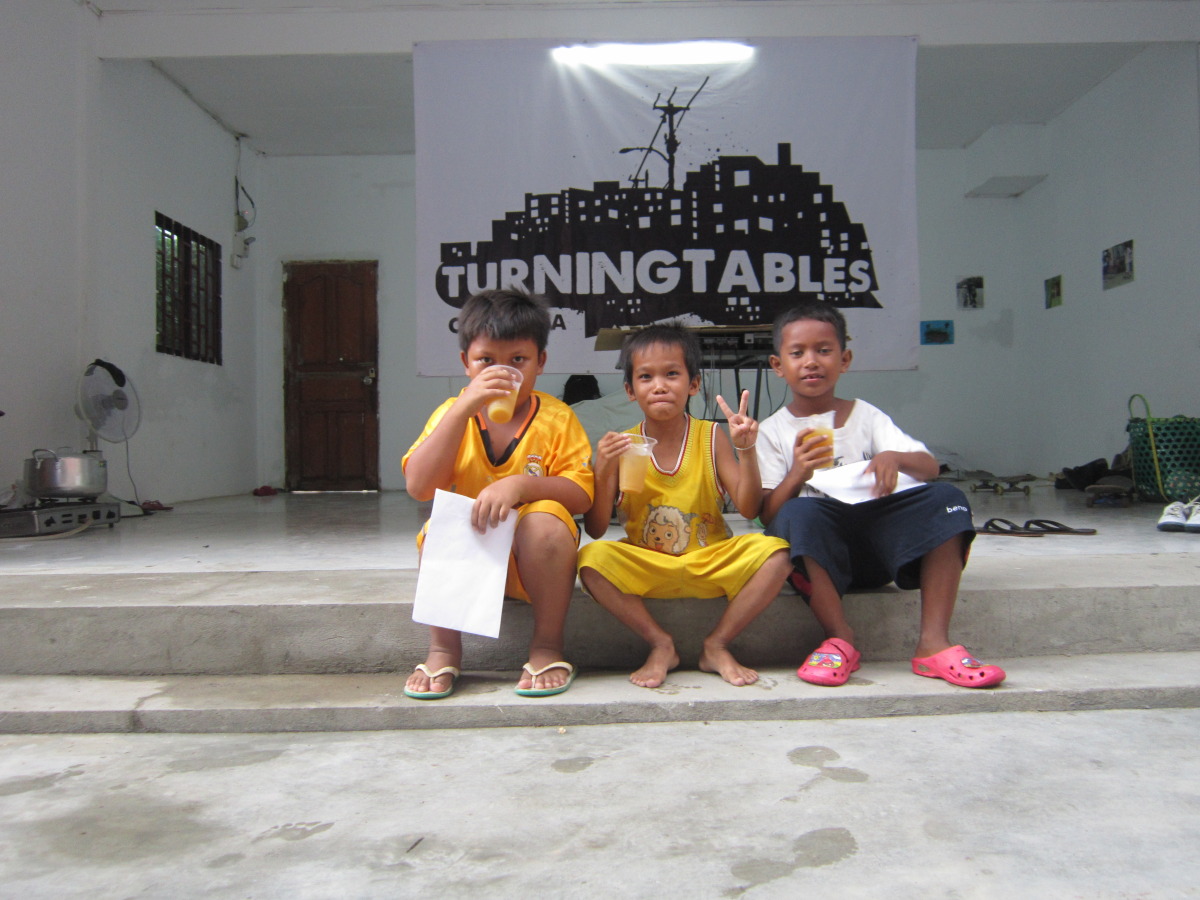
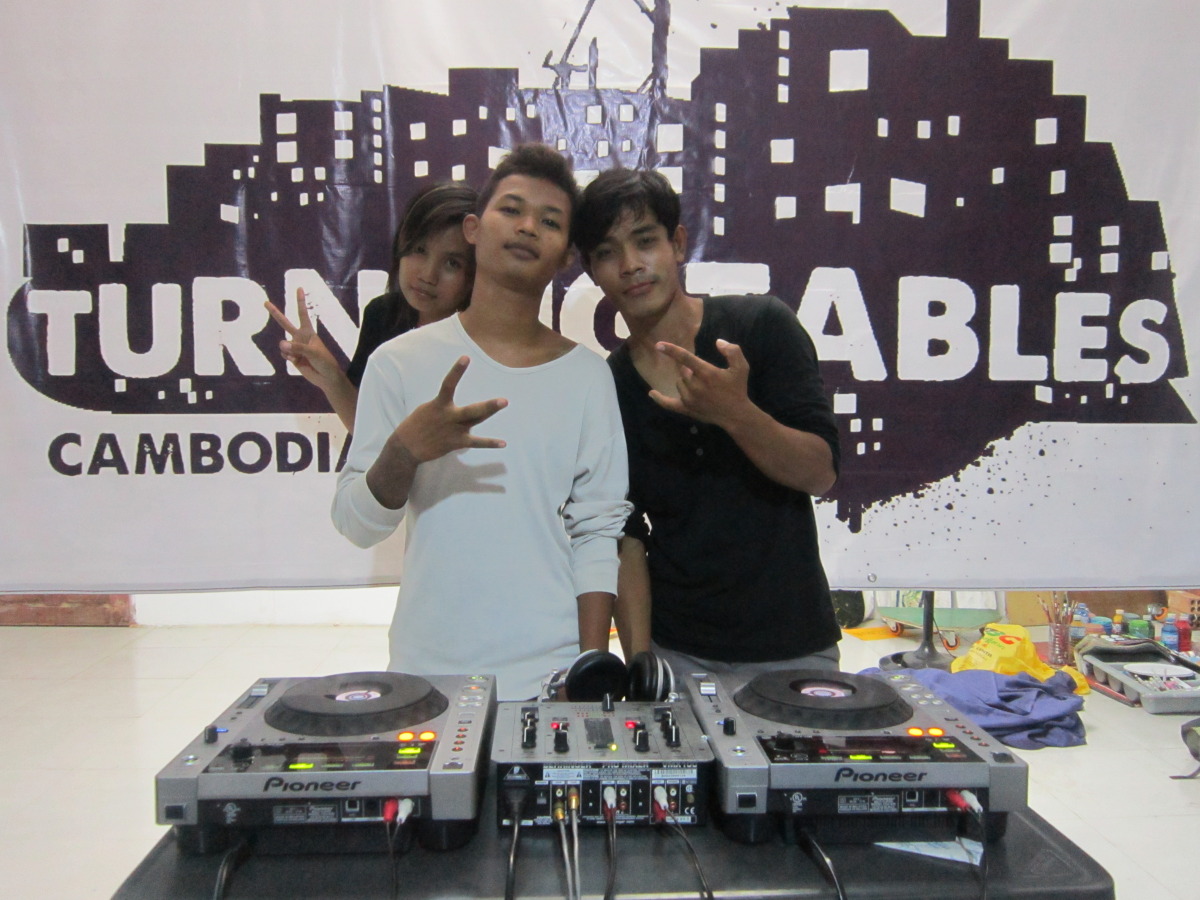
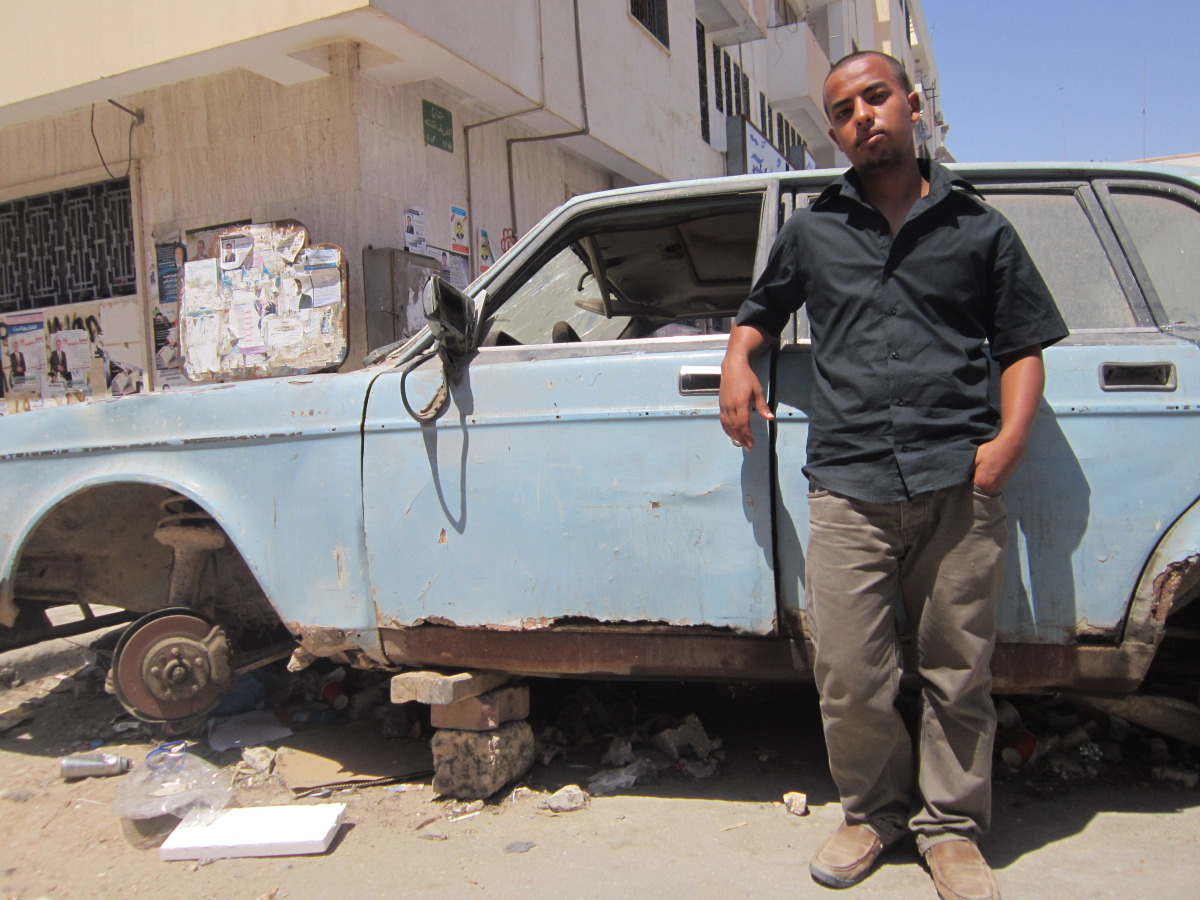
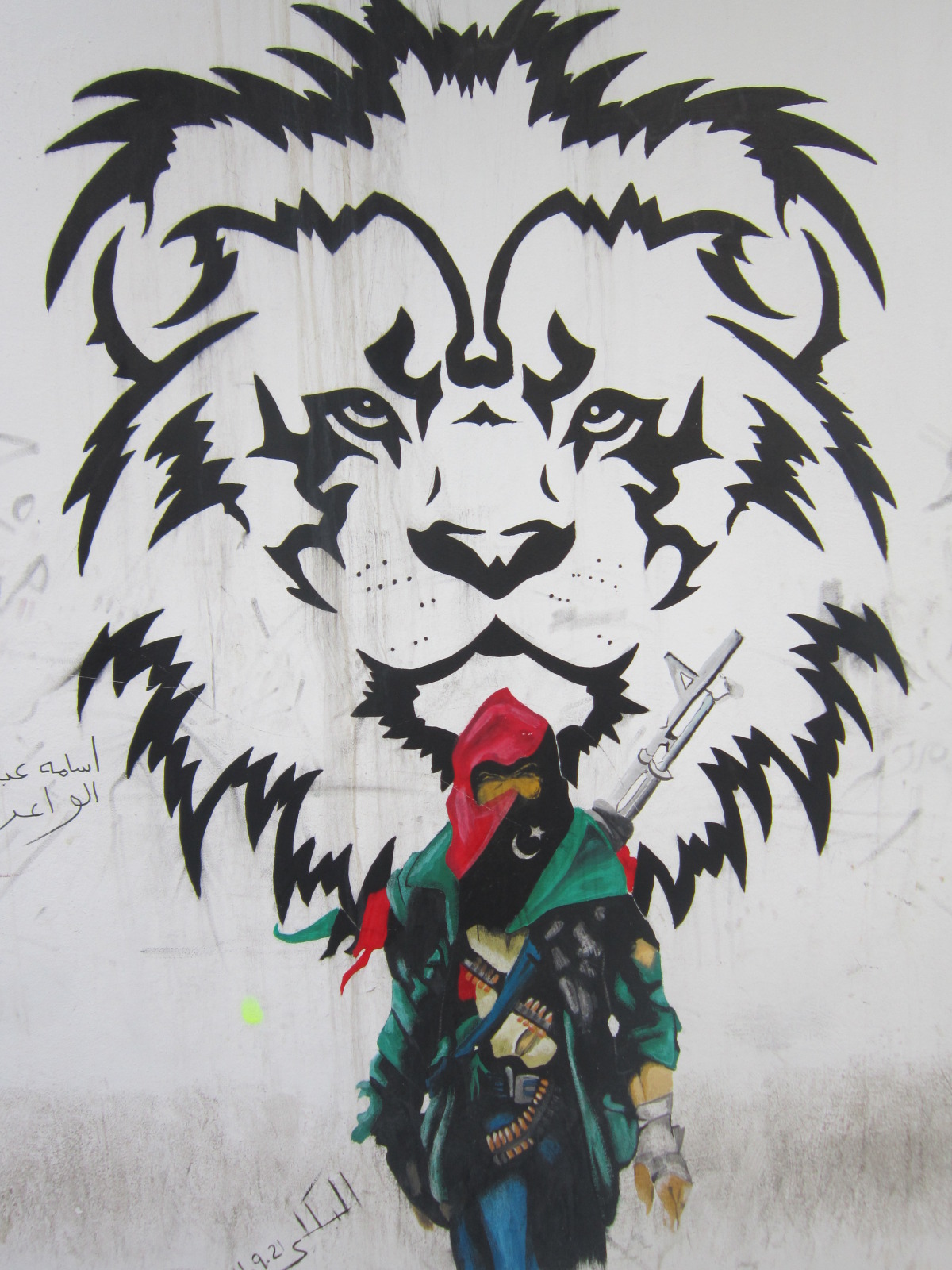
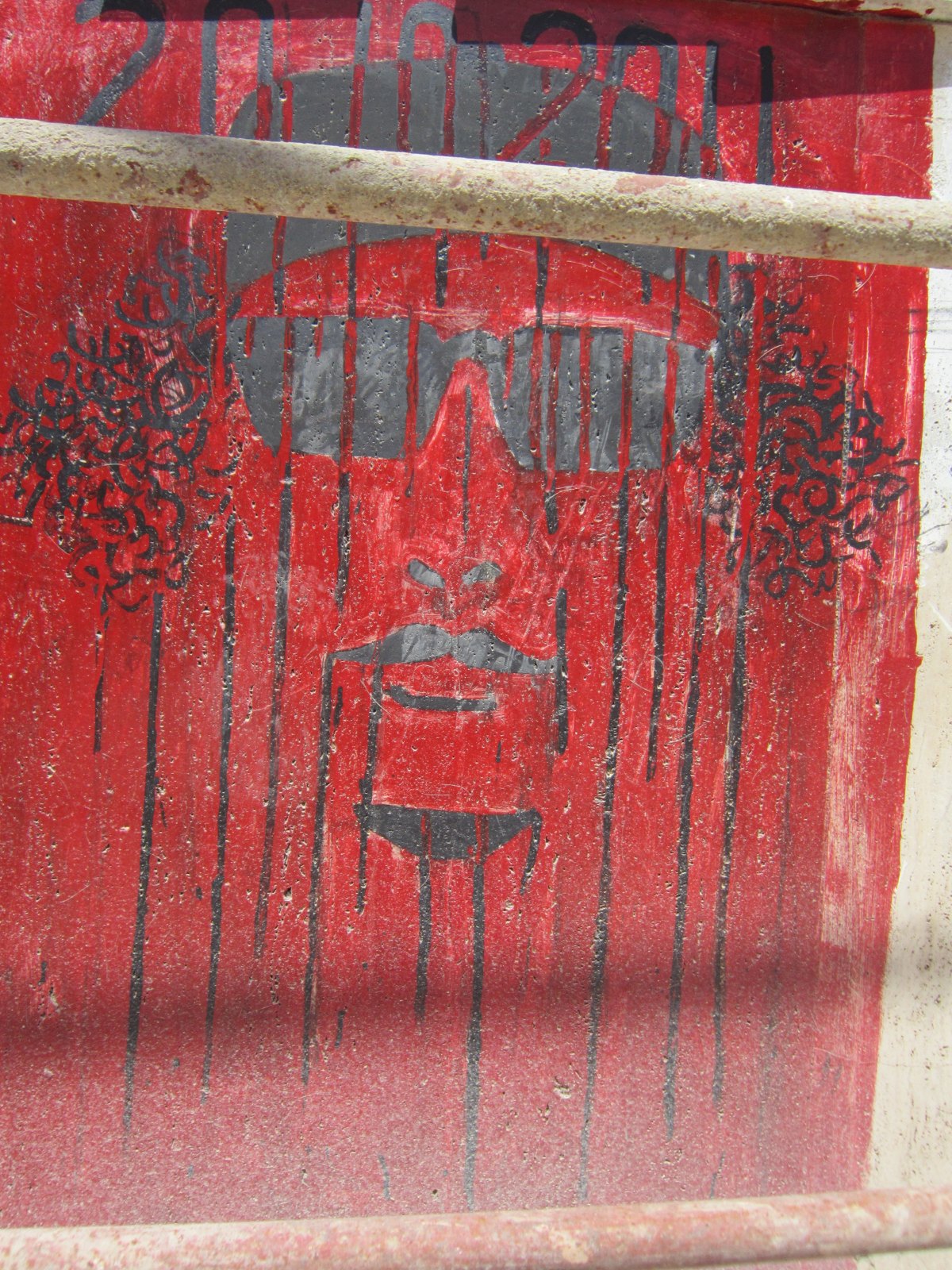
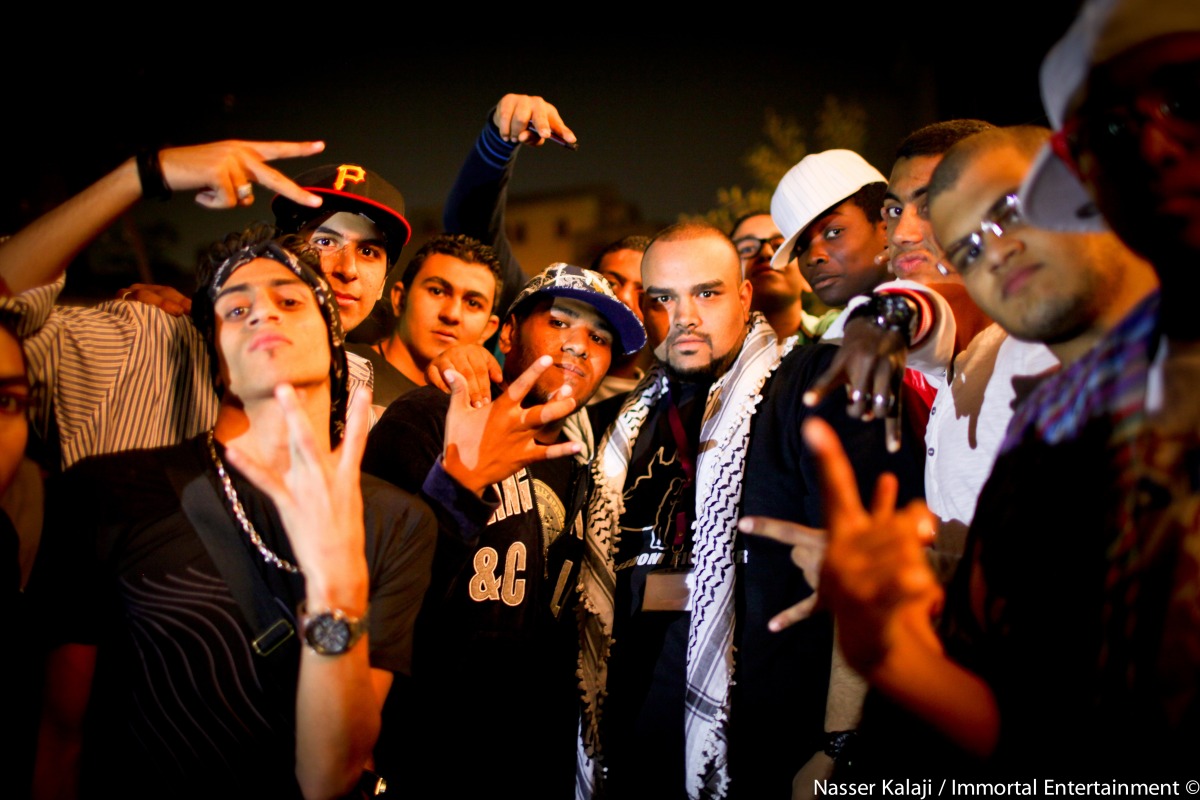
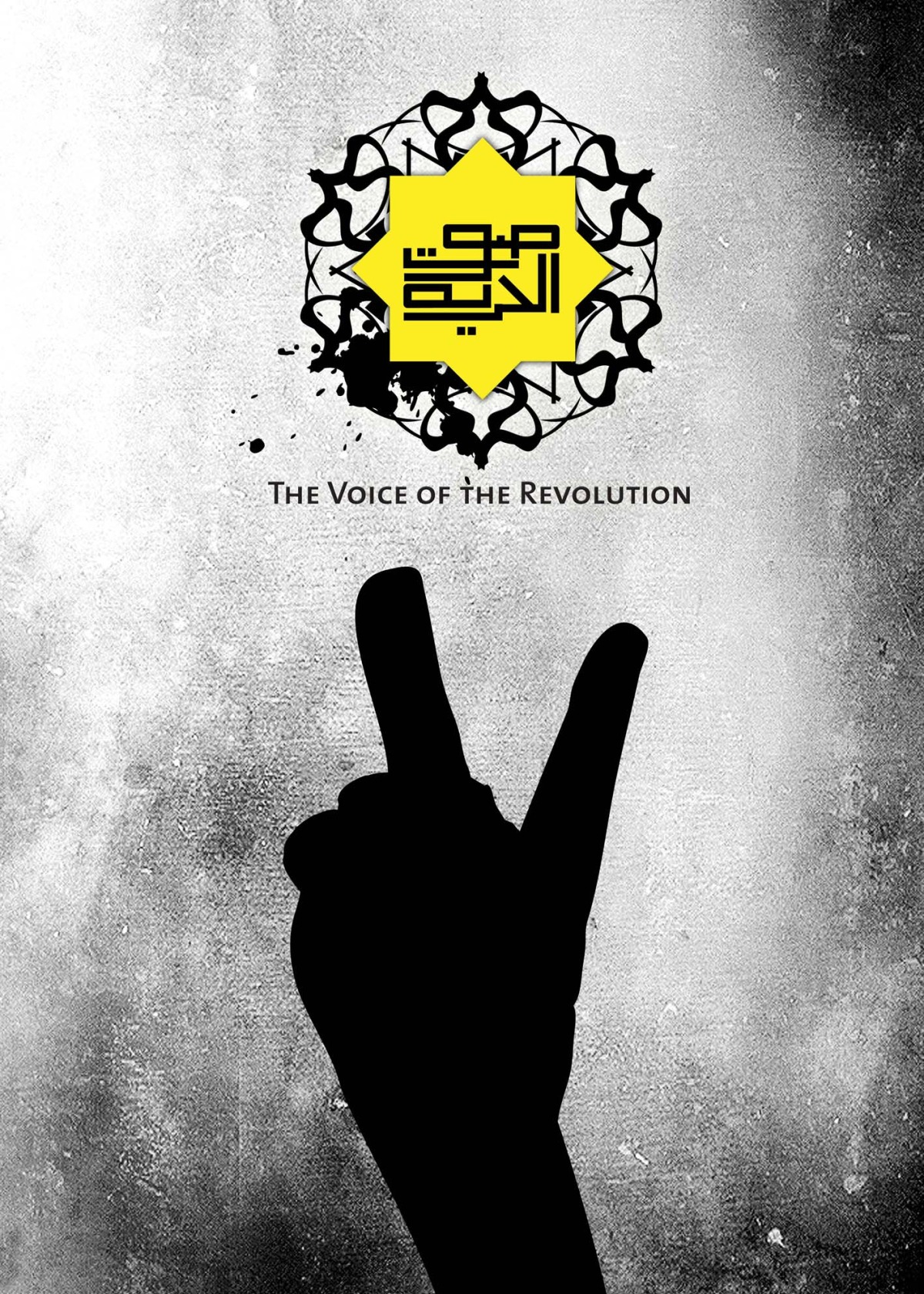

Turning Tables: A Voice for the Voiceless
Turning Tables is an international NGO committed to establishing, and maintaining permanent musical production facilities for DJ’ing, rap, and beat making for marginalized youth in the Developing World. “The aim is to start a process of reflection and self-empowerment by giving youth a space where they can express their travesties, hopes, and dreams in a non-violent manner,” says Turning Tables Founder and Director Martin F. Jakobson.
In 2009, Martin was living in Beirut, and began working in several Palestinian refugee camps across Lebanon. Since then, Turning Tables has expanded its work across the Middle East to Tunisia, Jordan, Libya and Cairo, alongside establishing a presence in Haiti and Cambodia.
Beyond merely conducting workshops to educate youth about musical production, the organization has branched into workshops video production and has collaborated with local music festivals to further enhance the youth’s experience, and empowerment. Turning Tables also commits itself to the training of local staff, to ensure their facilities remain operational with the intention of self-sufficiency down the road.
Currently, Turning Tables is conducting an international online fundraising campaign for Cambodian street youth, many of whom are former child prostitutes. “Our expectation is that, with the fundraising campaign, will be able to train about 800 vulnerable Cambodian kids for a year, and create a strong outreach program to reach more at-risk youth.” — Martin Jakobson (Founder + Director)
This photo essay takes you to Turning Tables on site locations of Tunisia, Haiti, Libya, Cambodia and Egypt, displaying the many areas, and countless youth who have been powered through their inspired mission. Connect with Turning Tables here, and check out their crowd funded effort for the Cambodian youth on indiegogo.
ANDREW BRIDGE is a global enthusiast with a passion for the road less traveled. As a frequent collaborator with World Hip Hop Market and Nomadic Wax, Andrew has worked with numerous socially conscious artists from around the world in the pursuit of inspiring cultural understanding and exchange through entertainment. This fascination with the world at large has taken him to over 20 countries (so far) through studying, volunteering, and writing about his travels, with no signs of slowing his globetrotting nature down. Connect with Andrew at @Bridgin_TheGap

